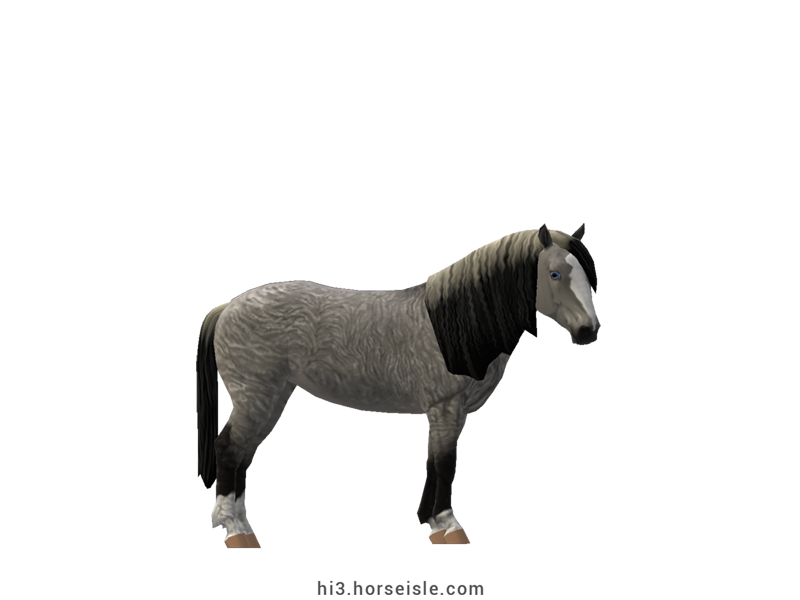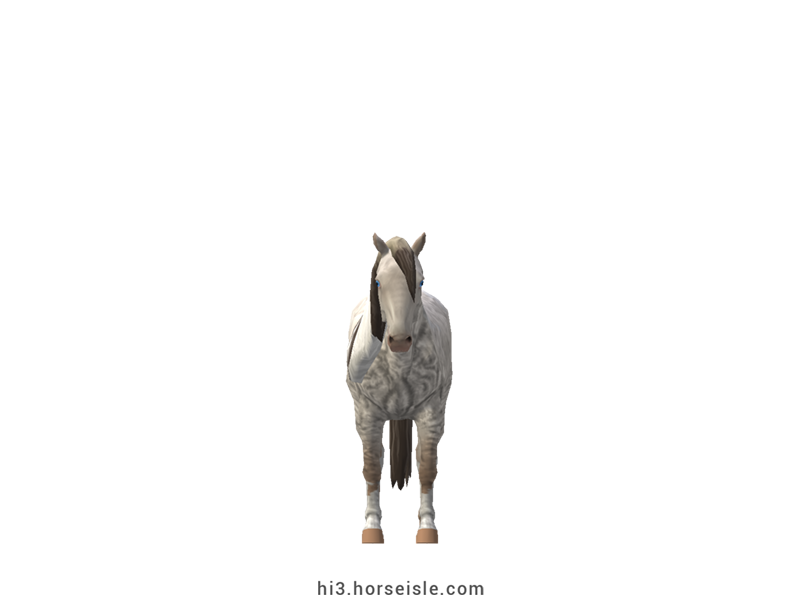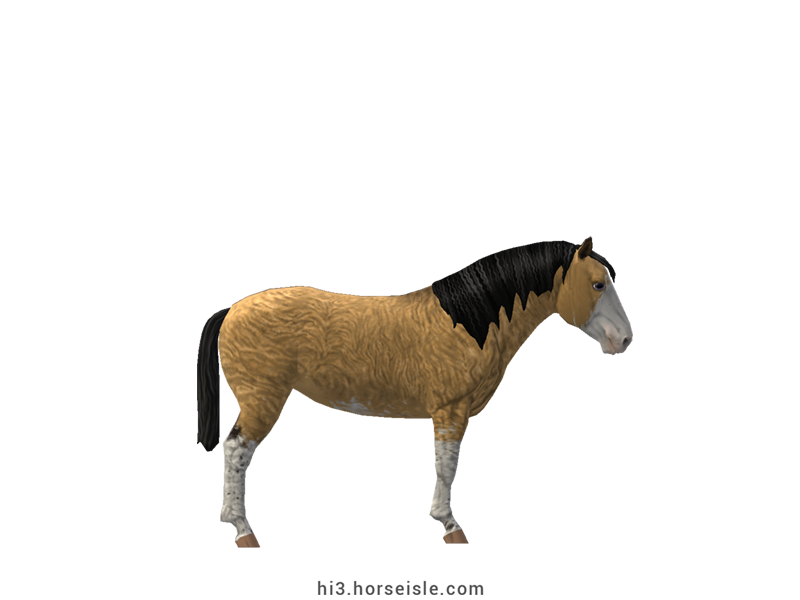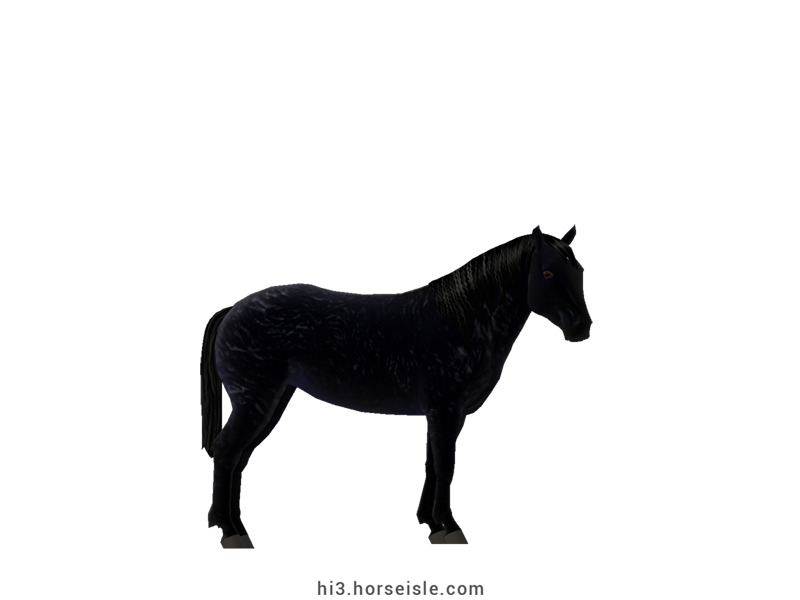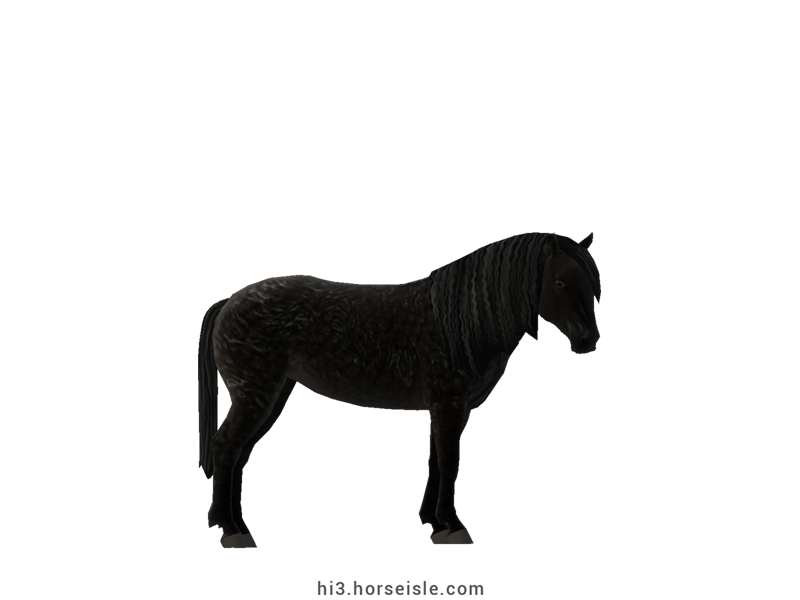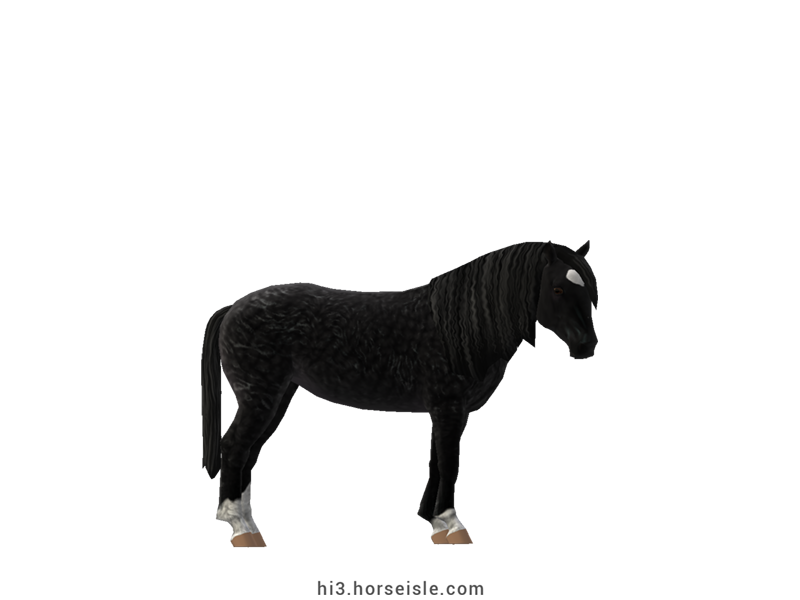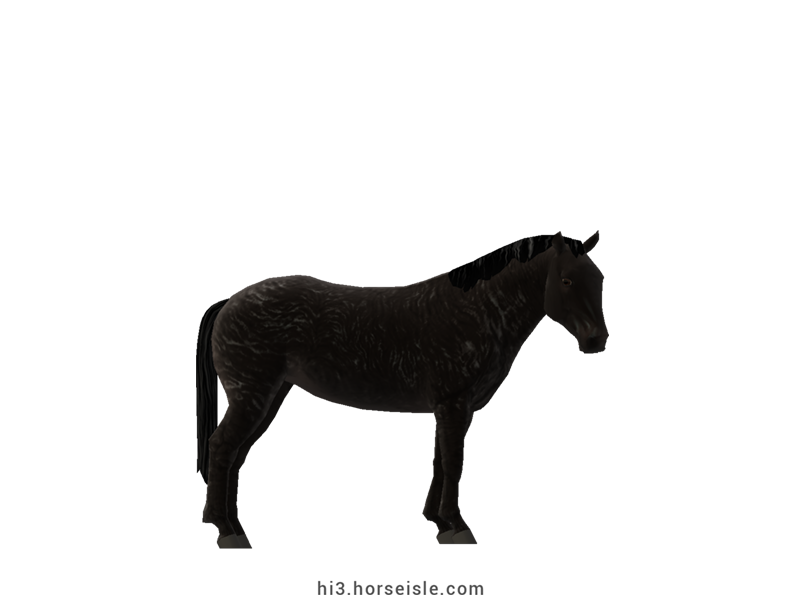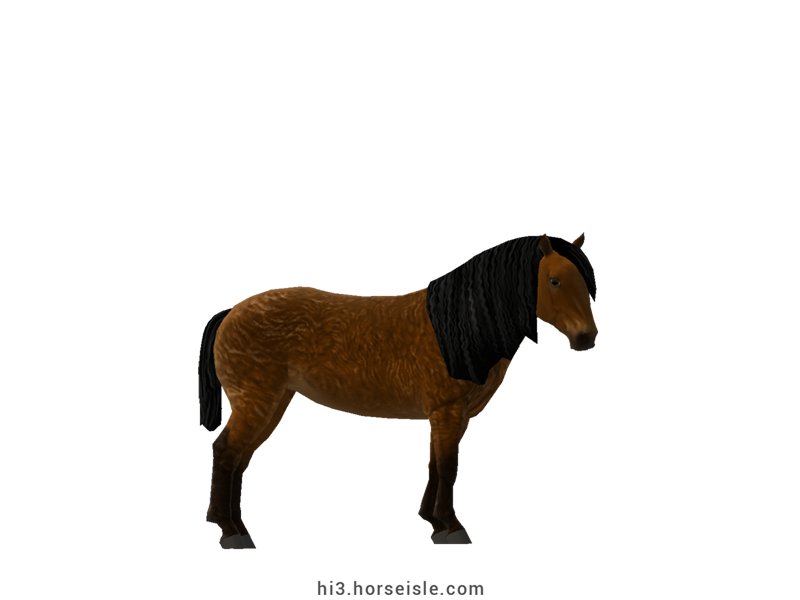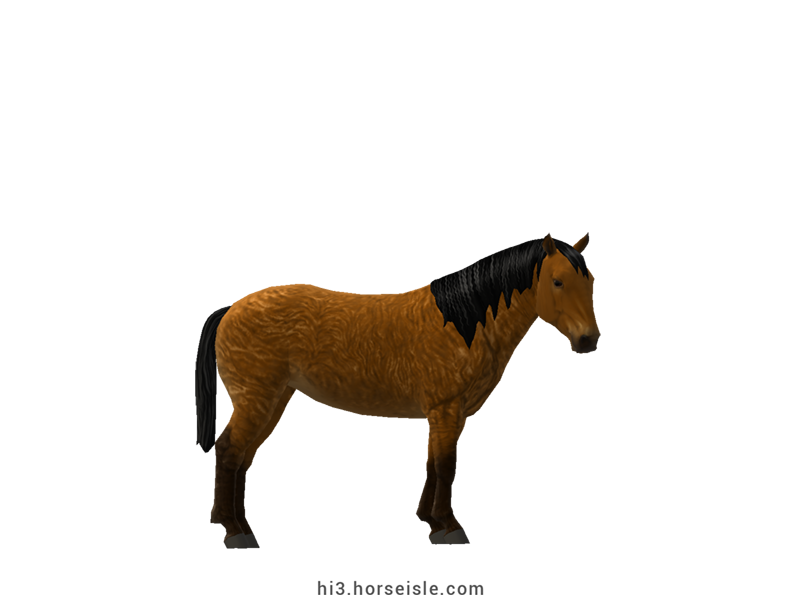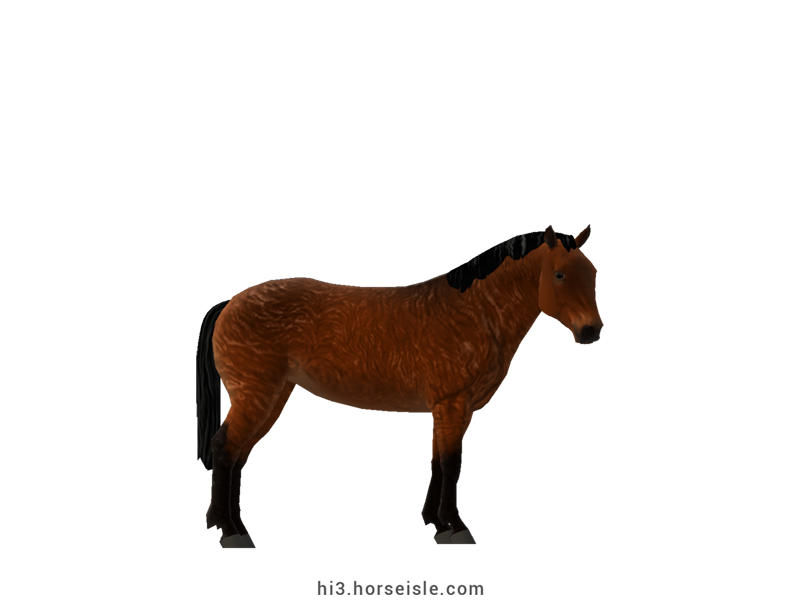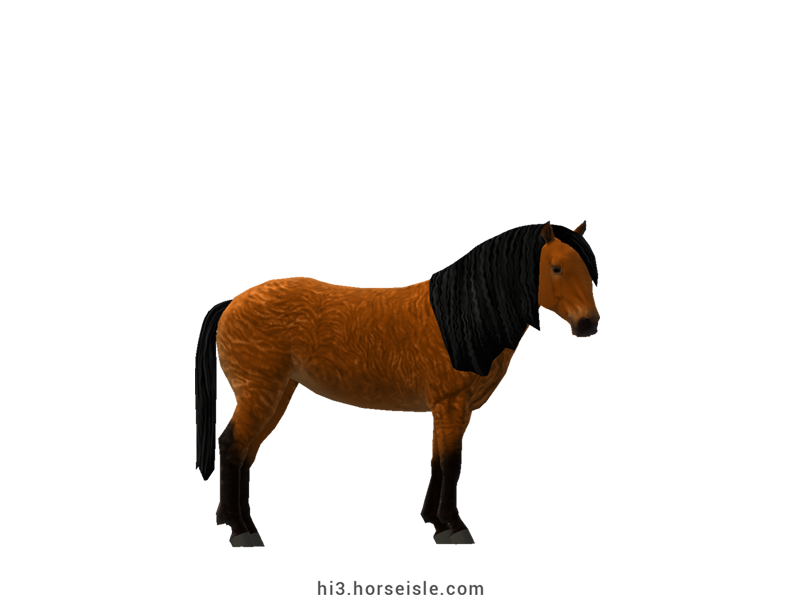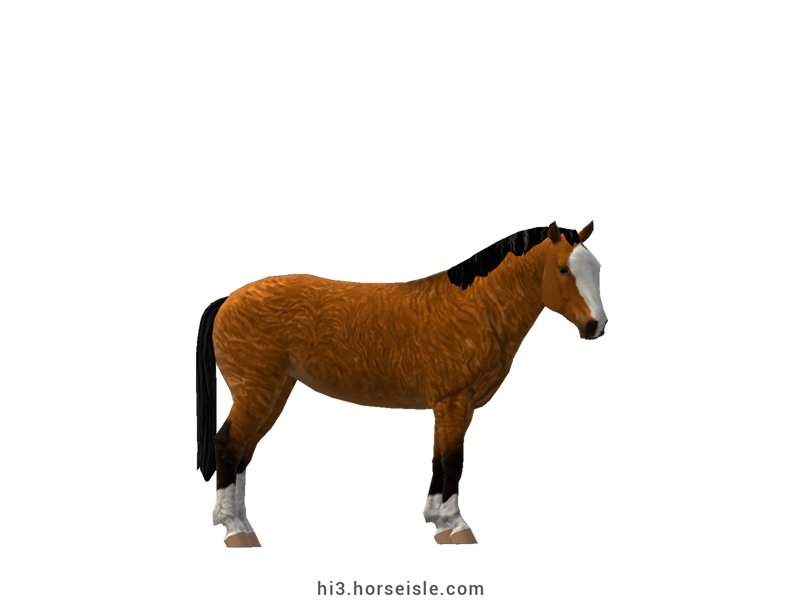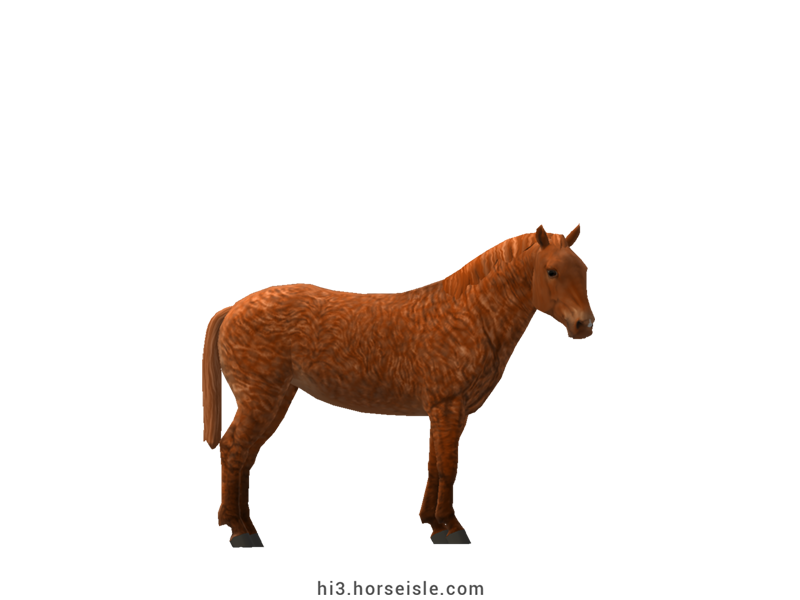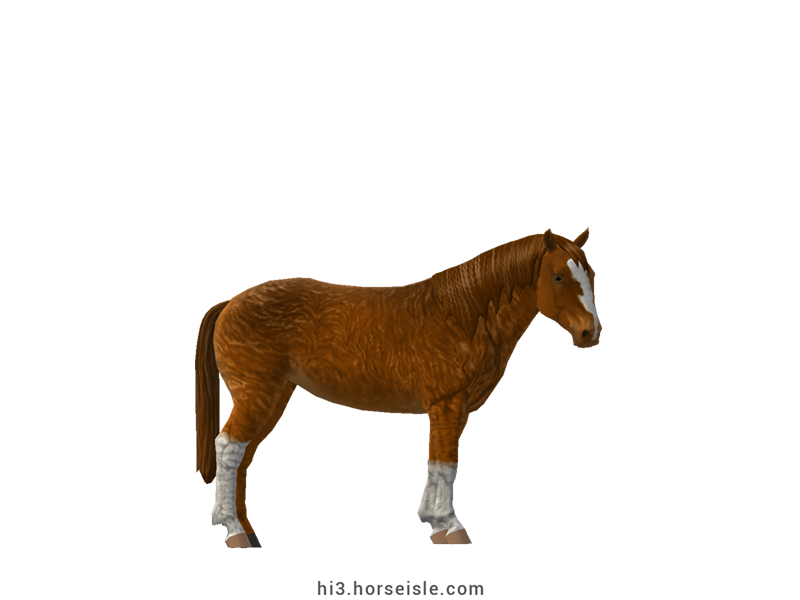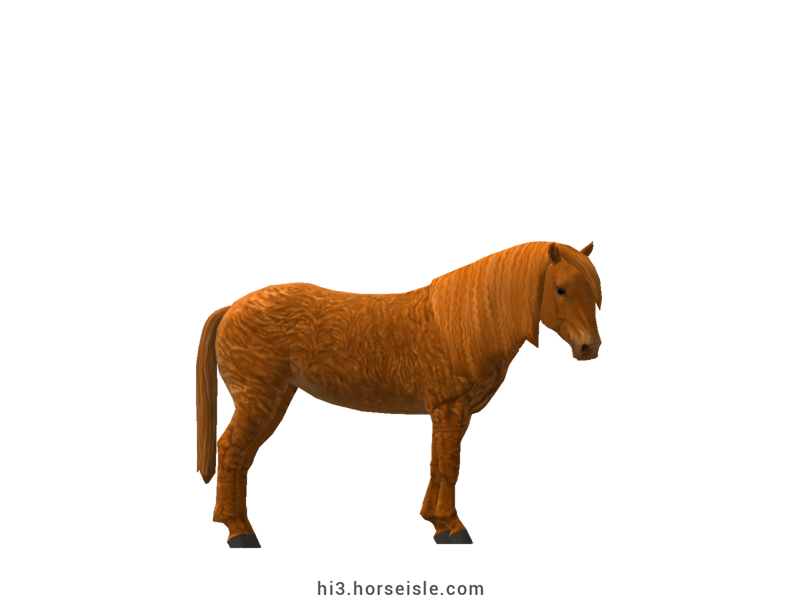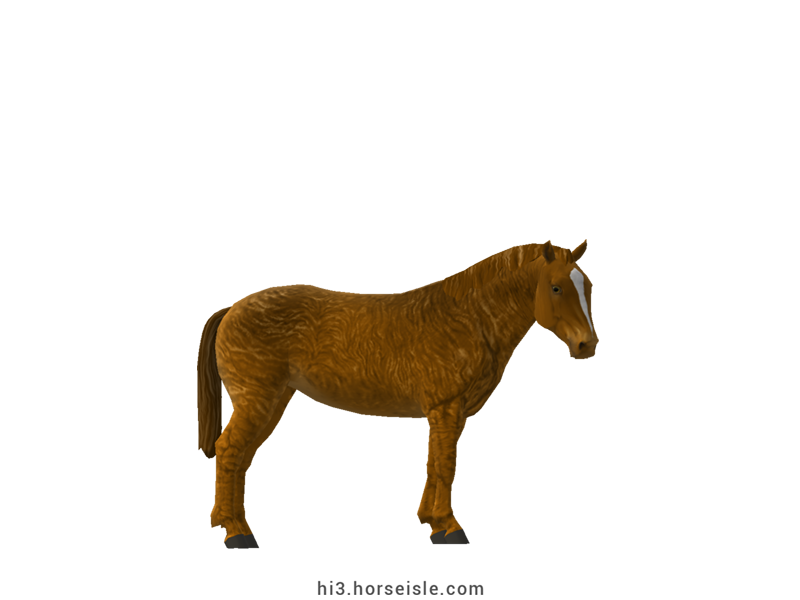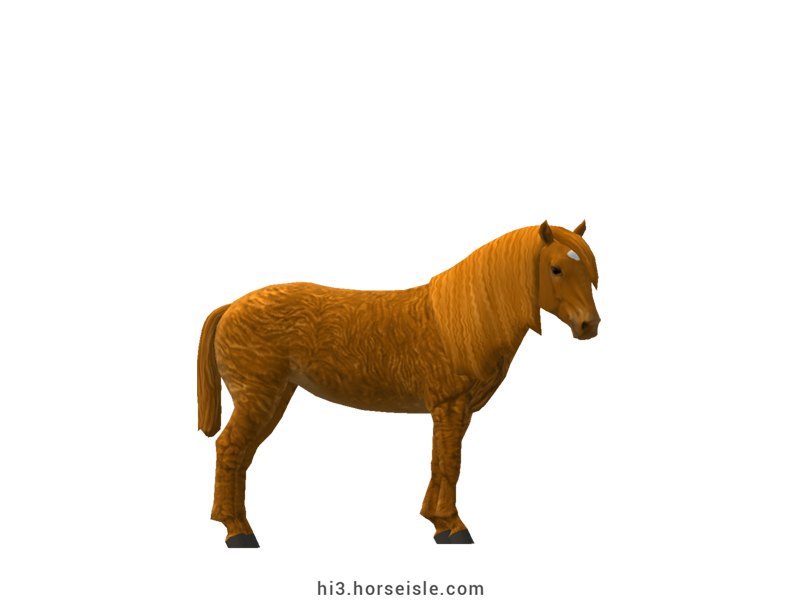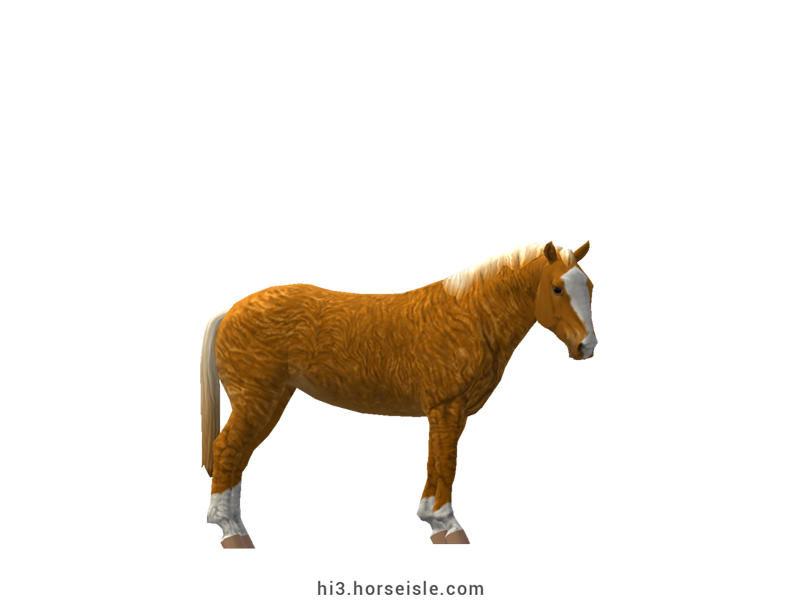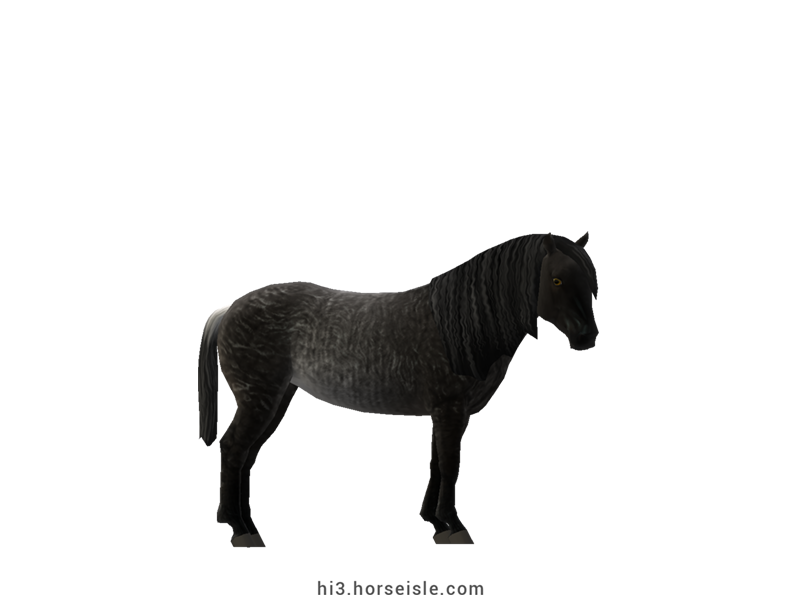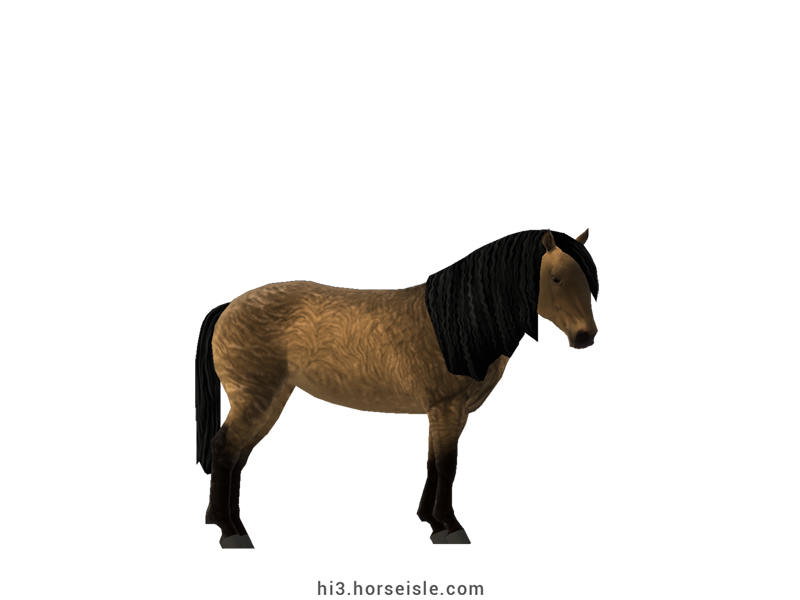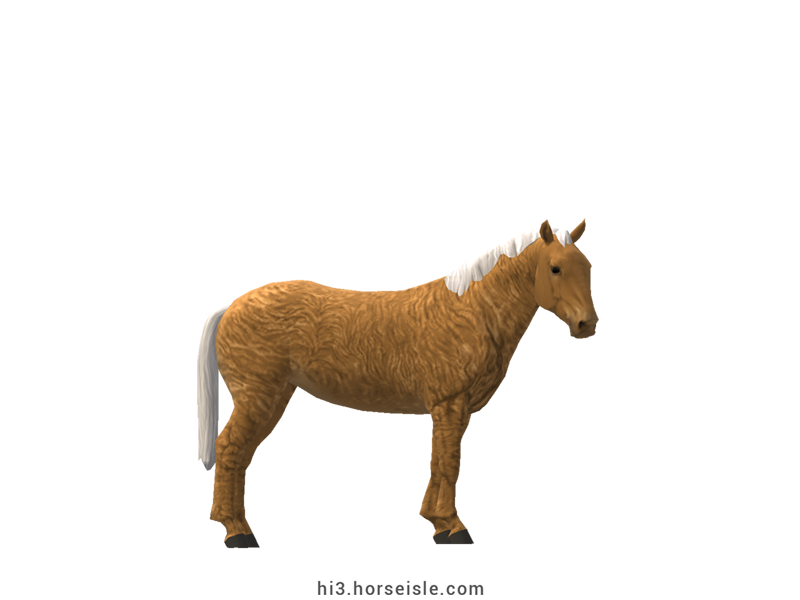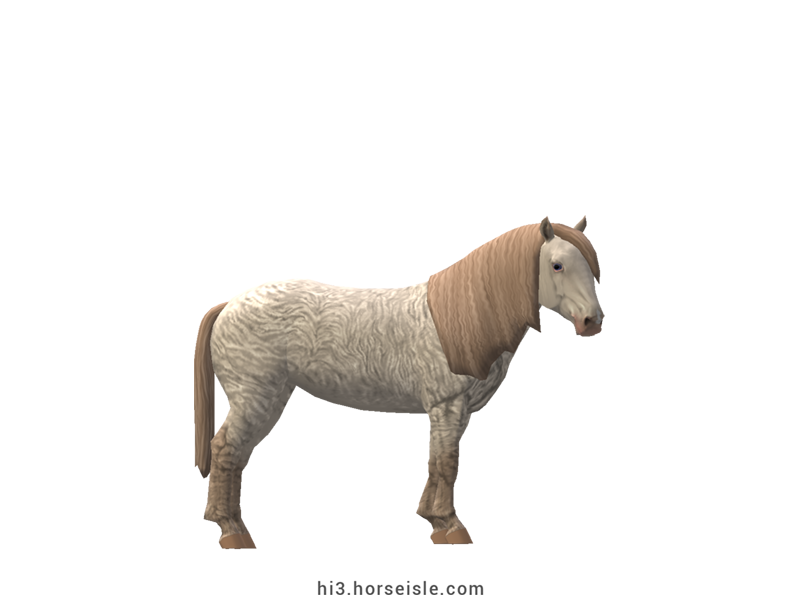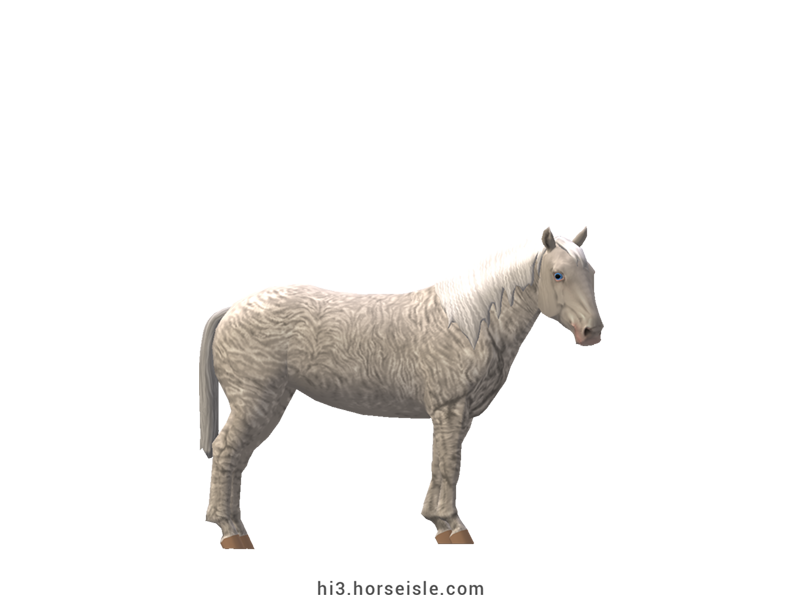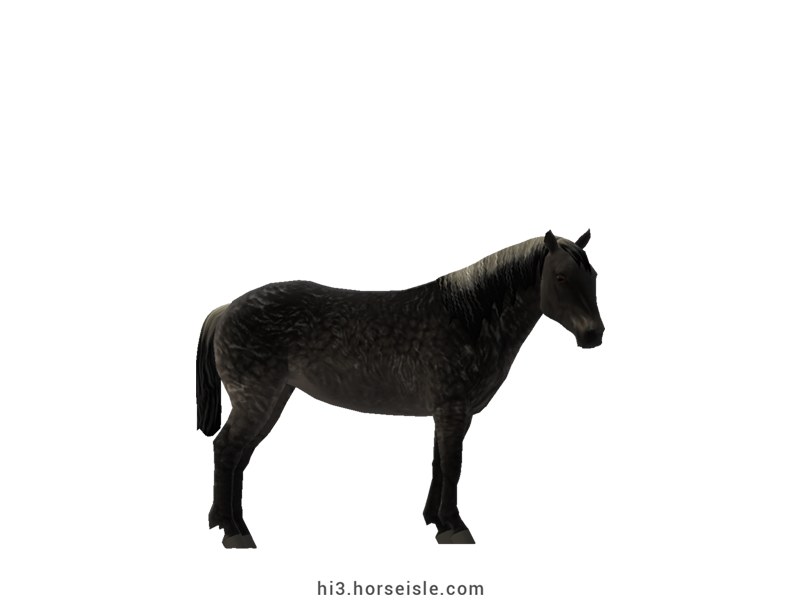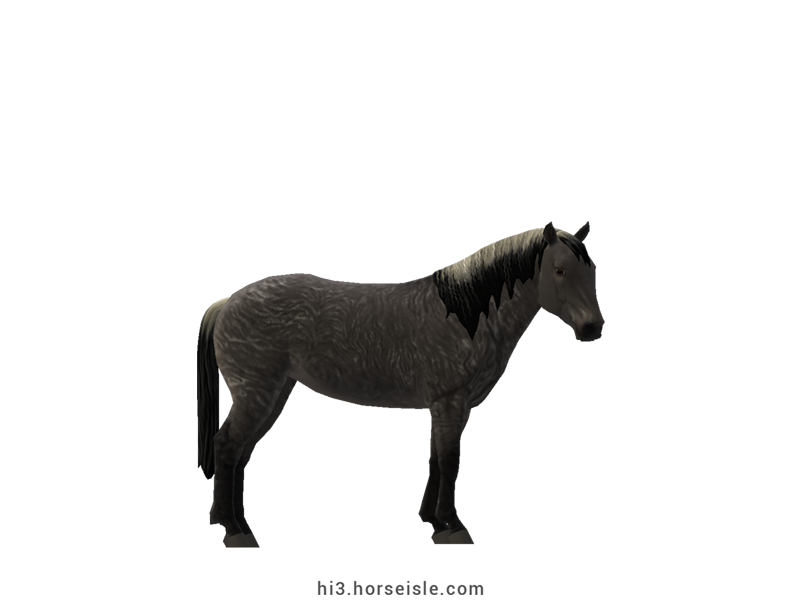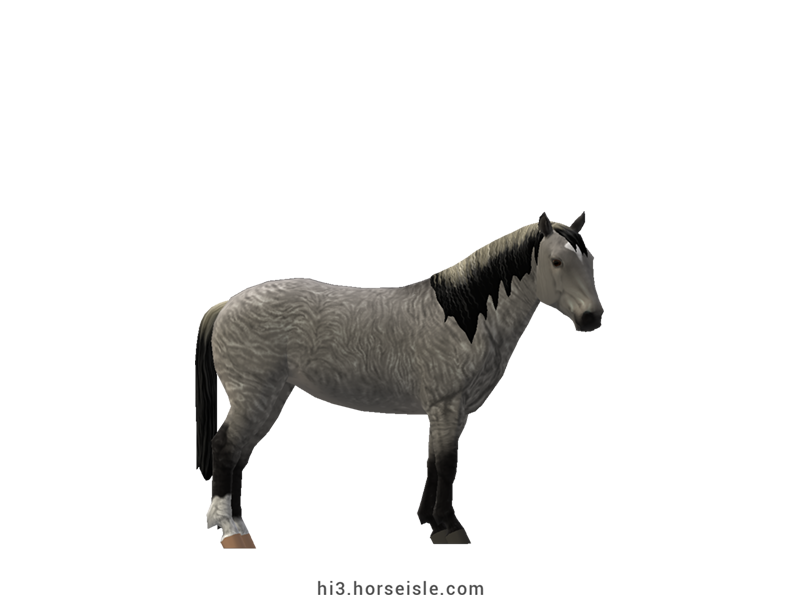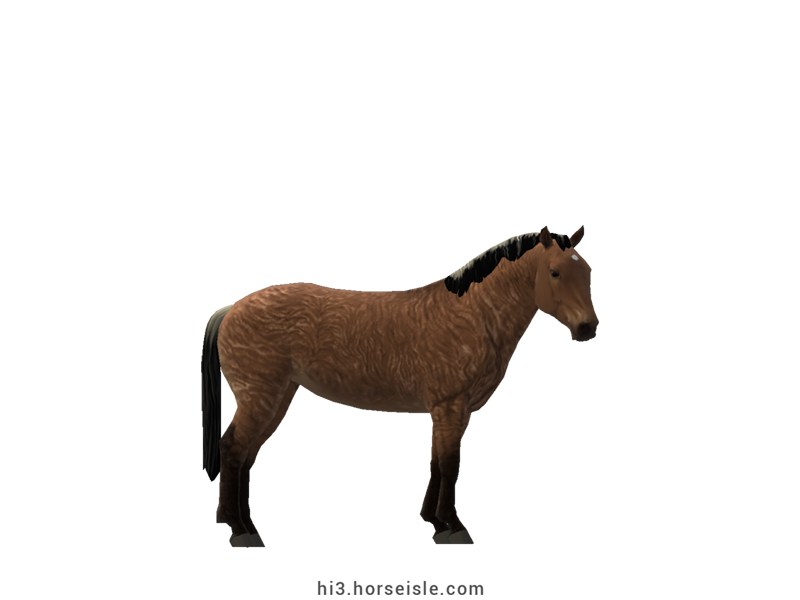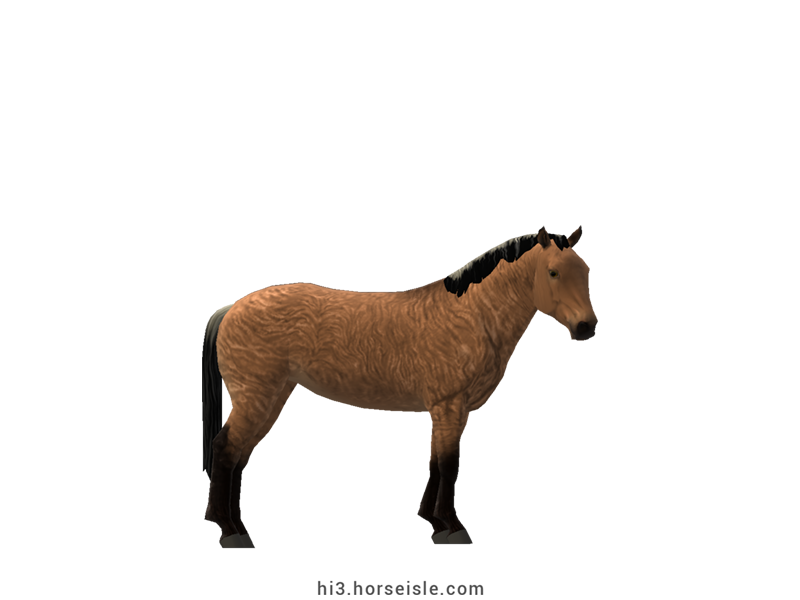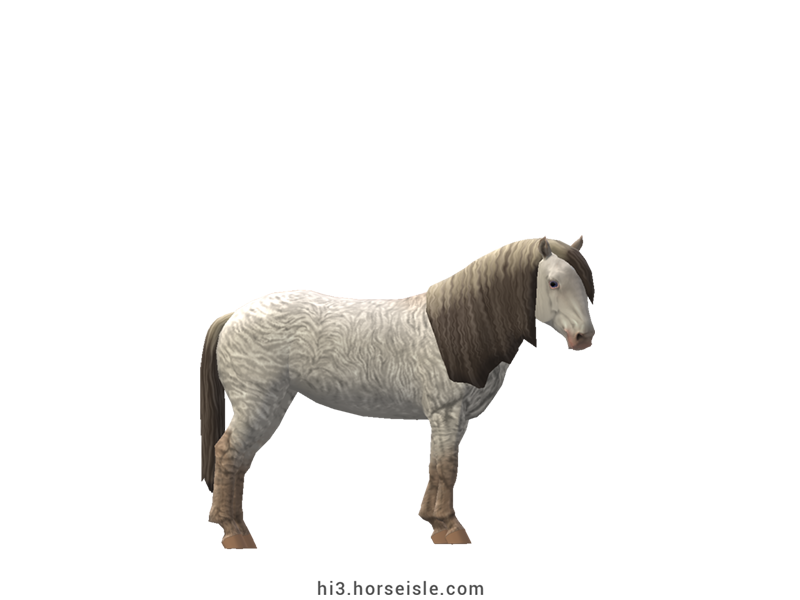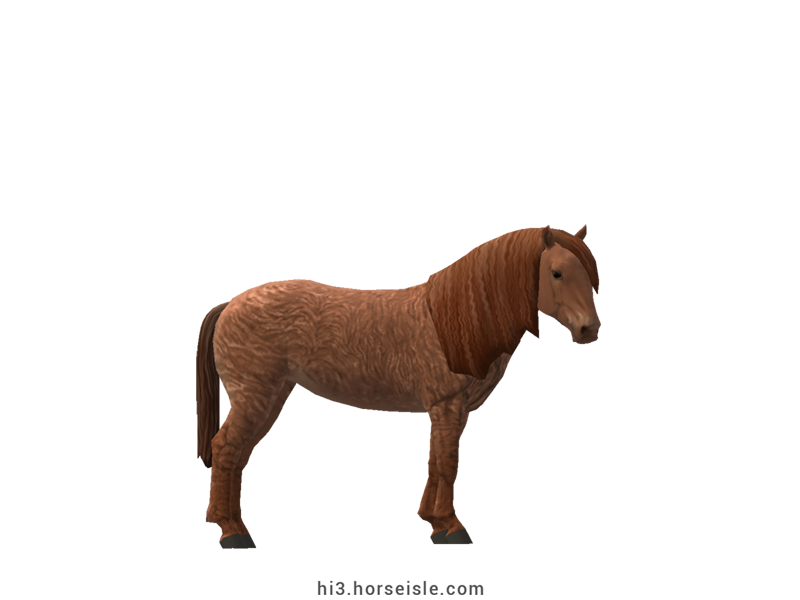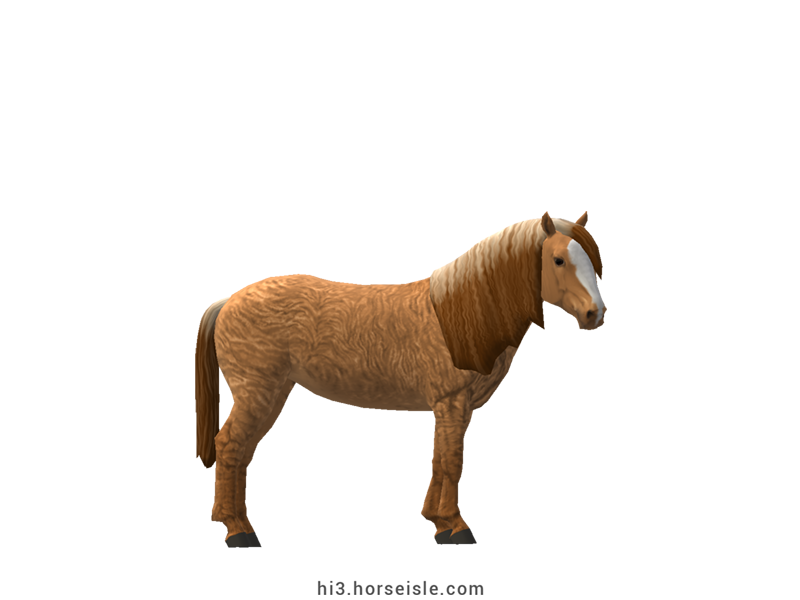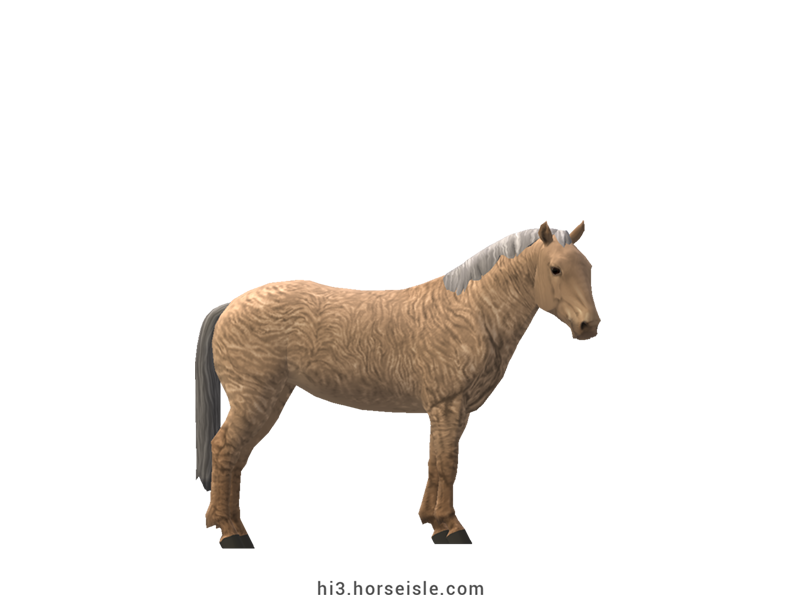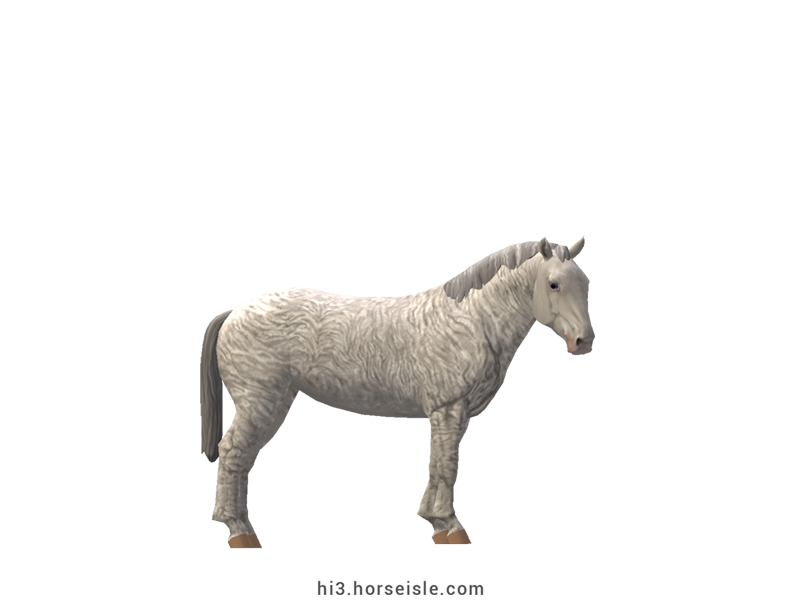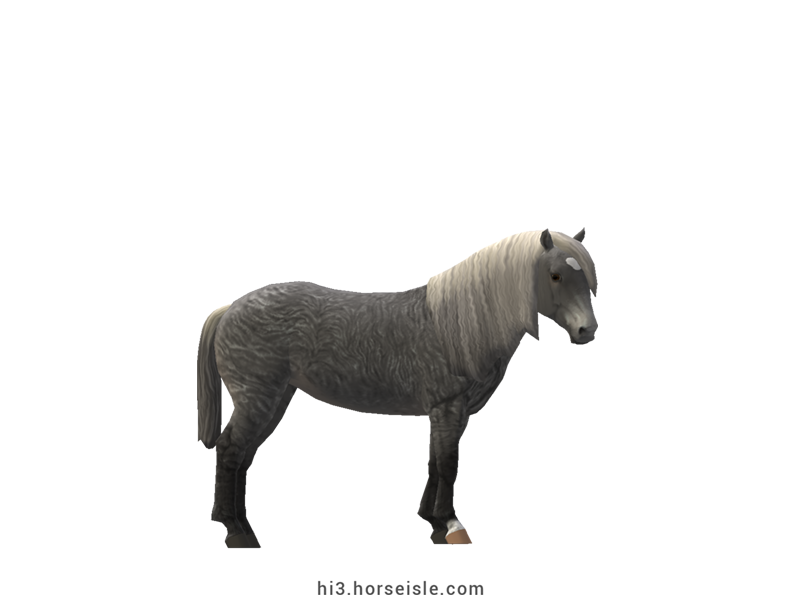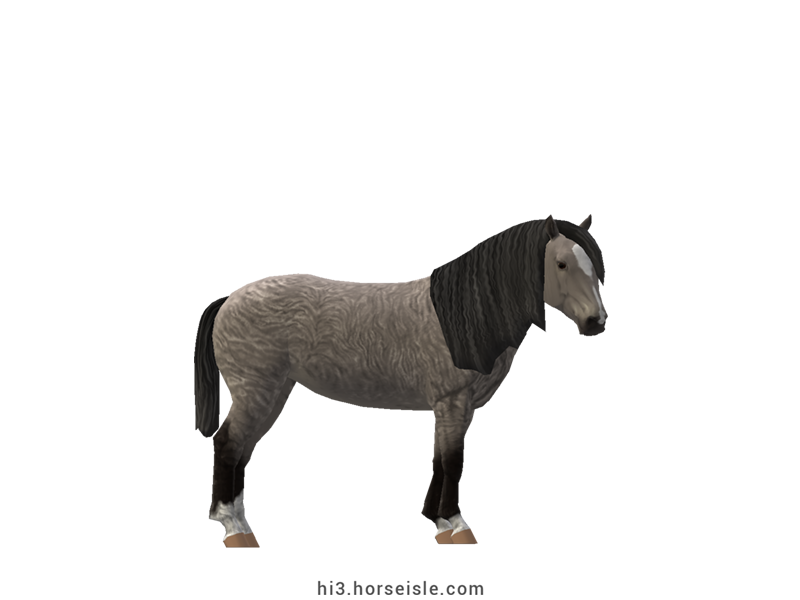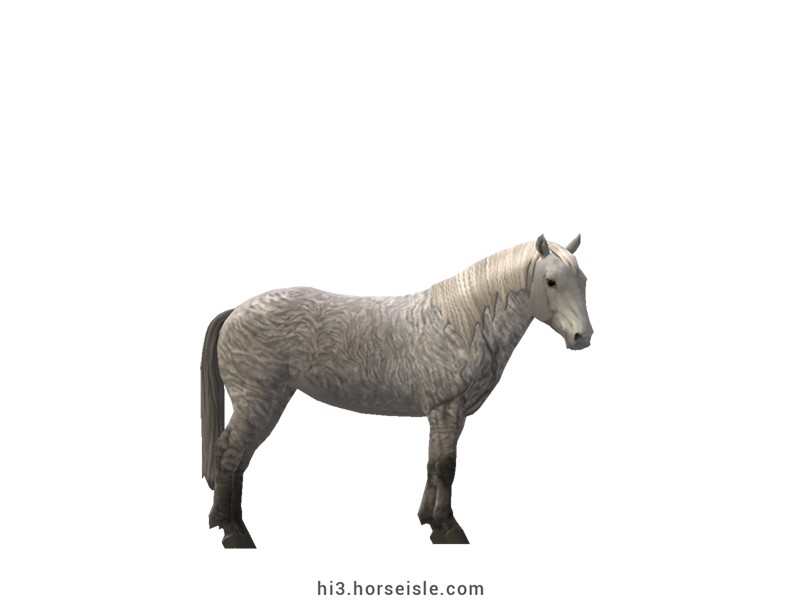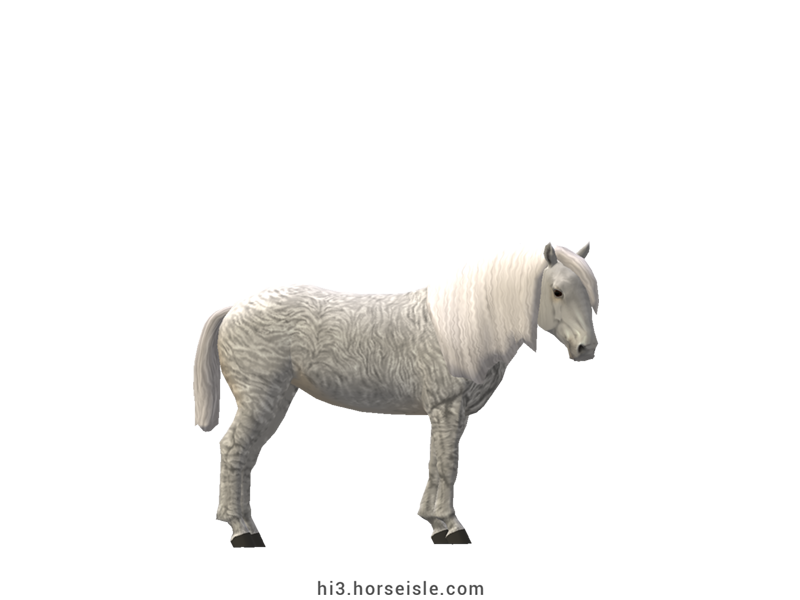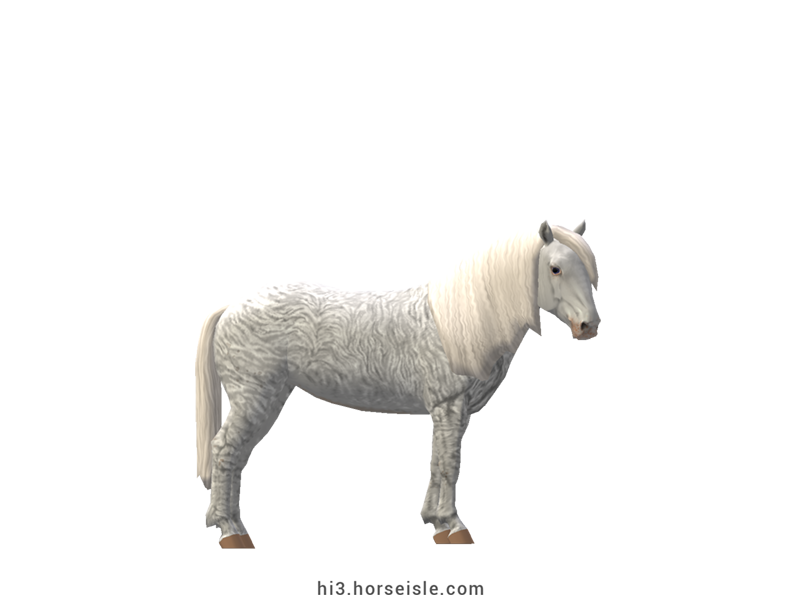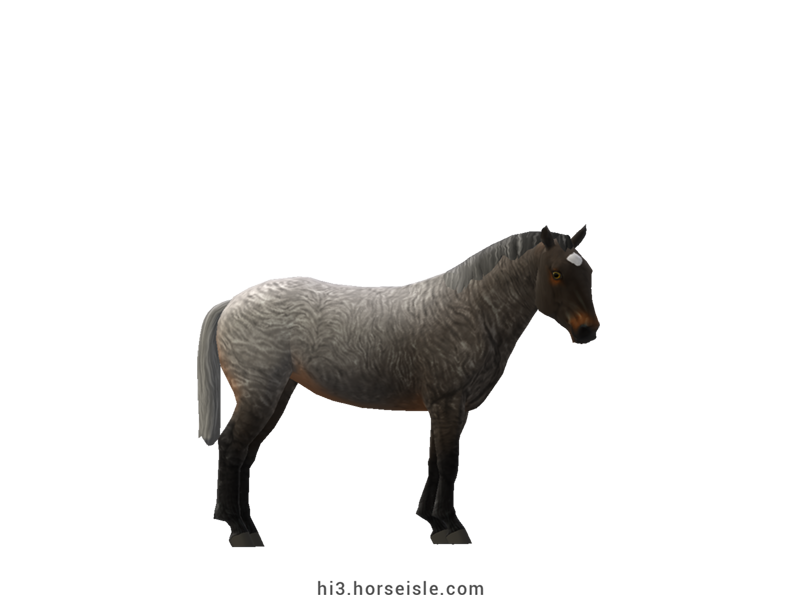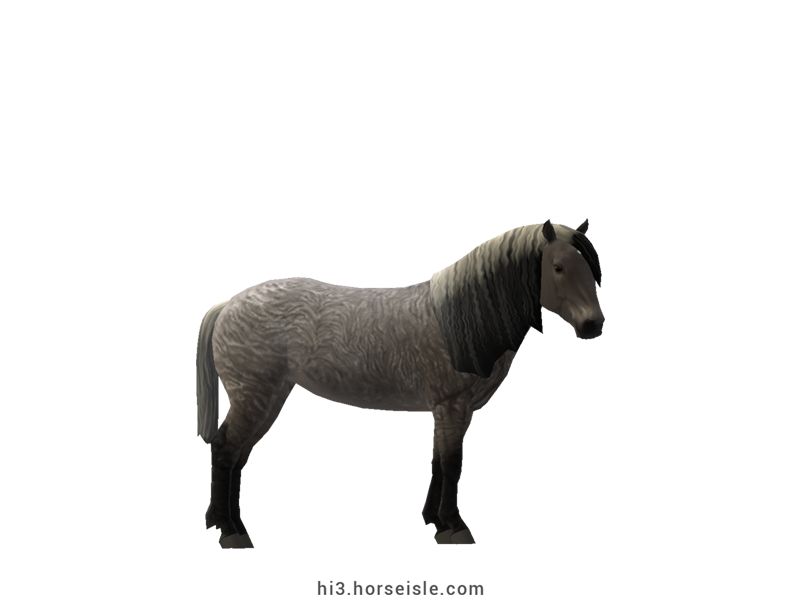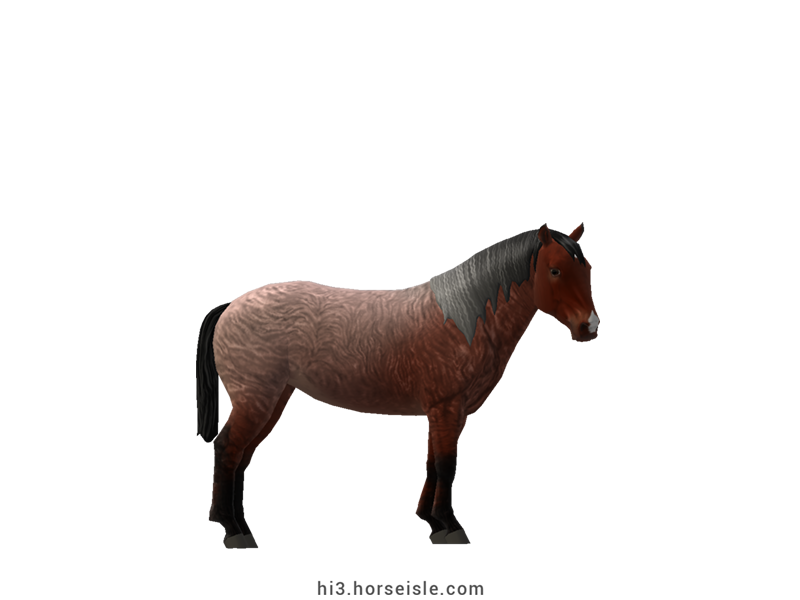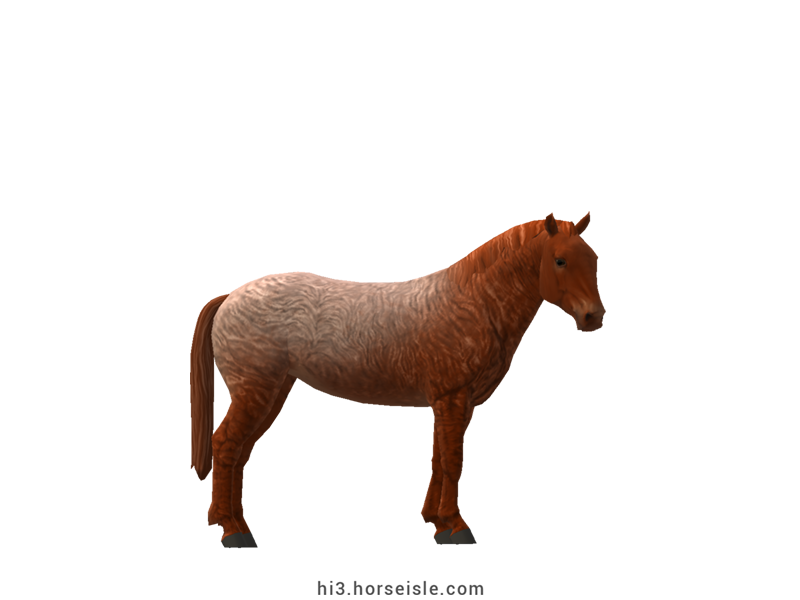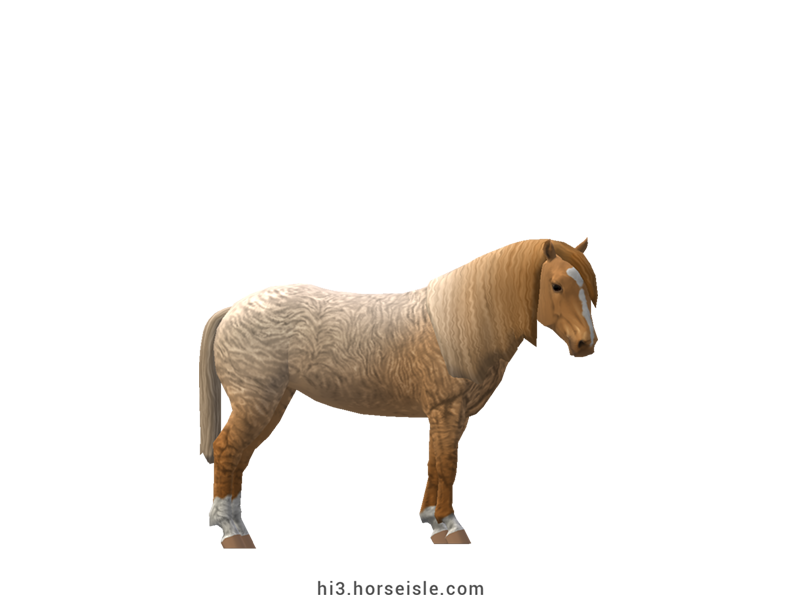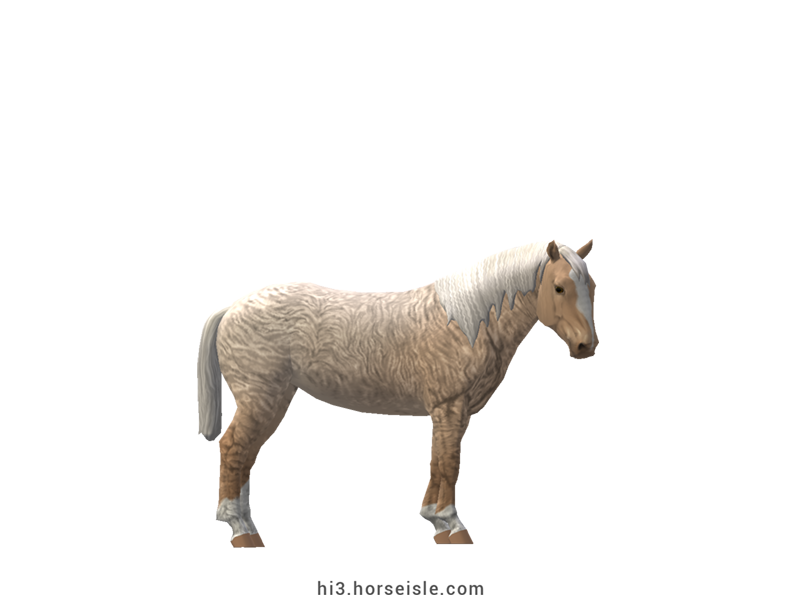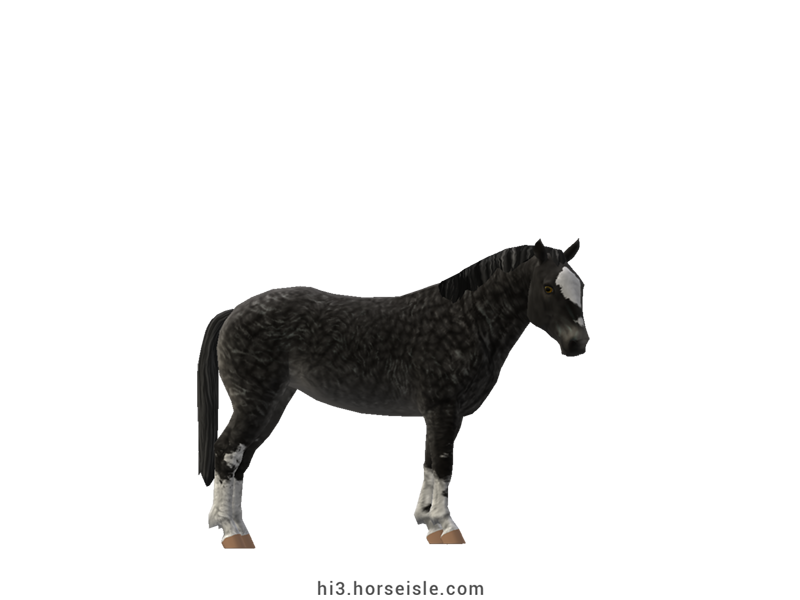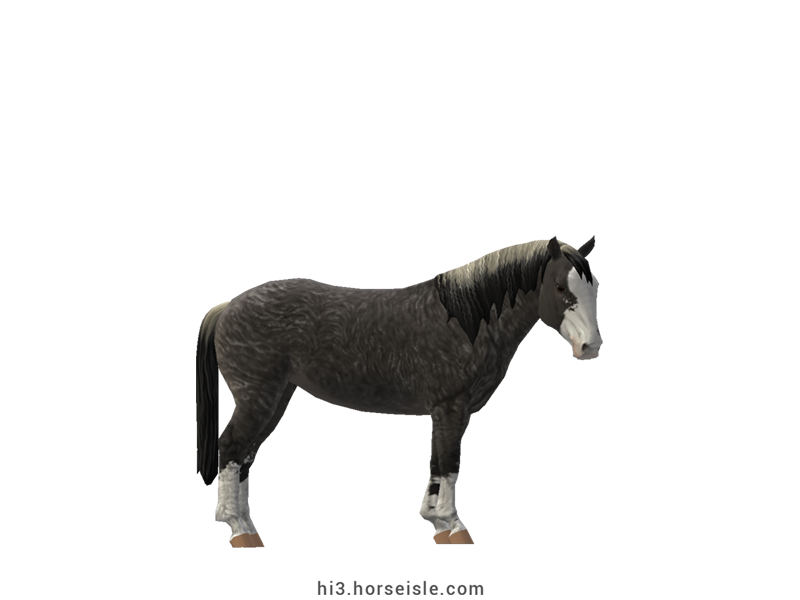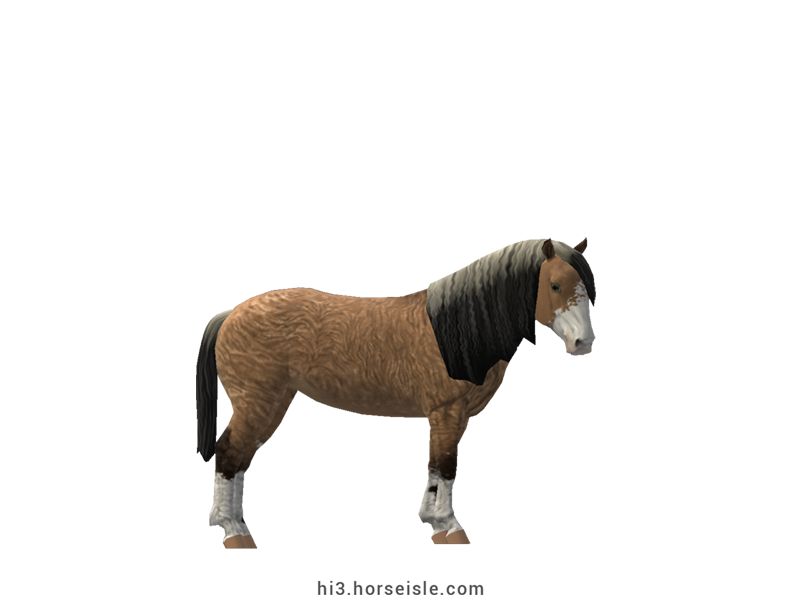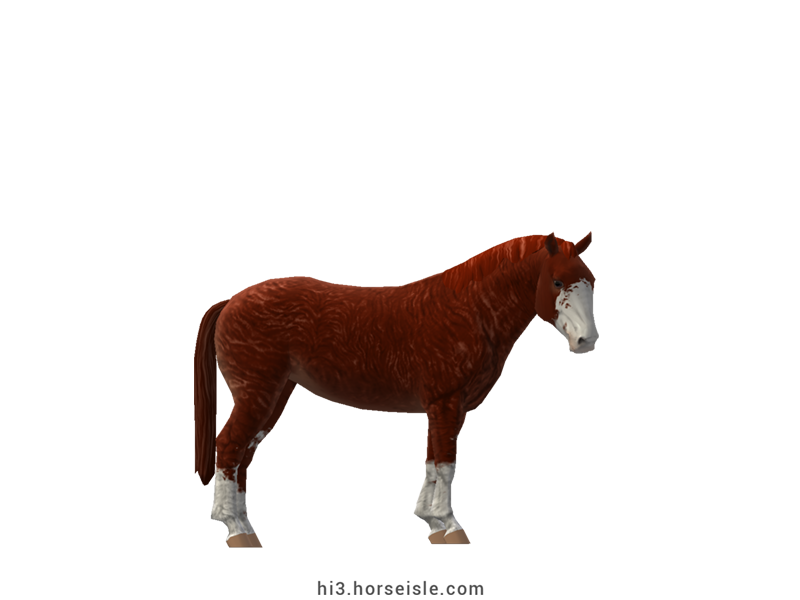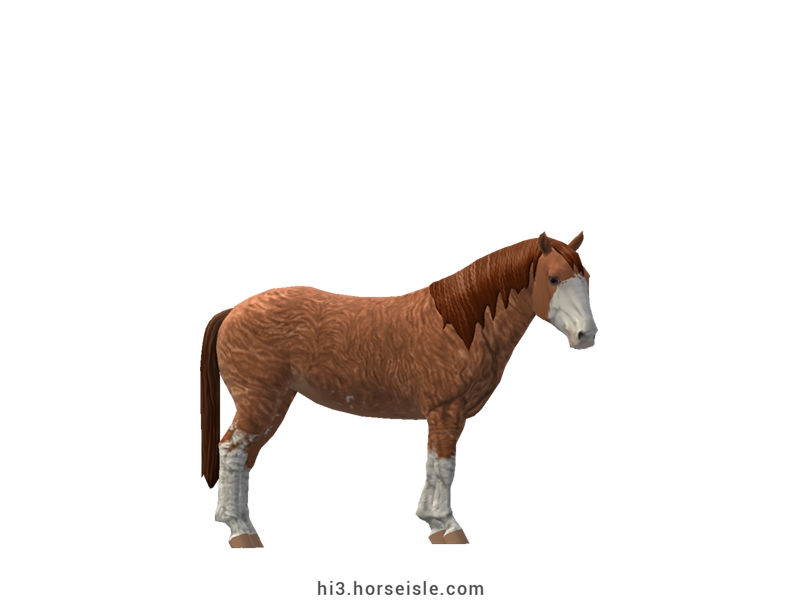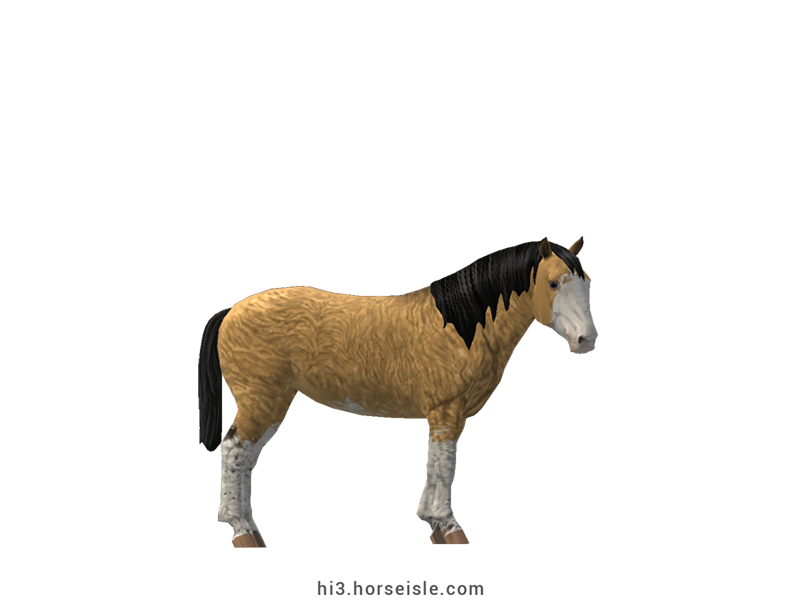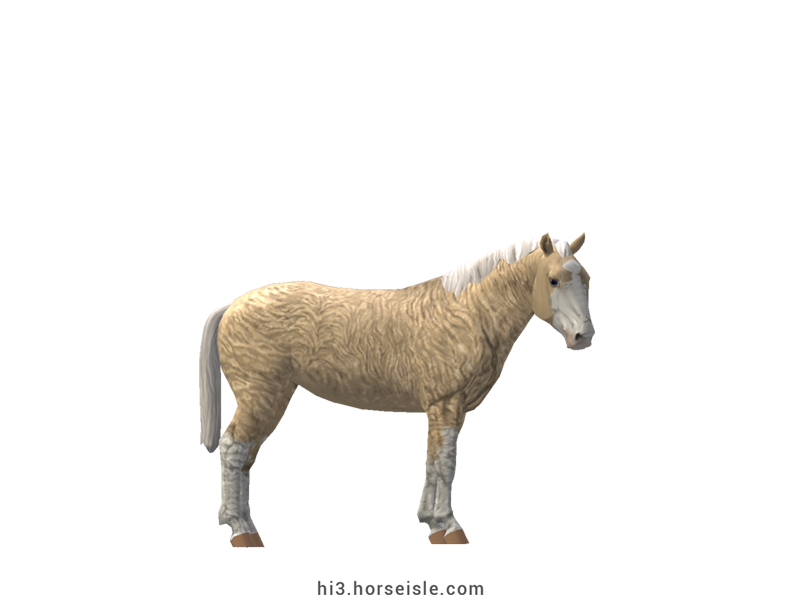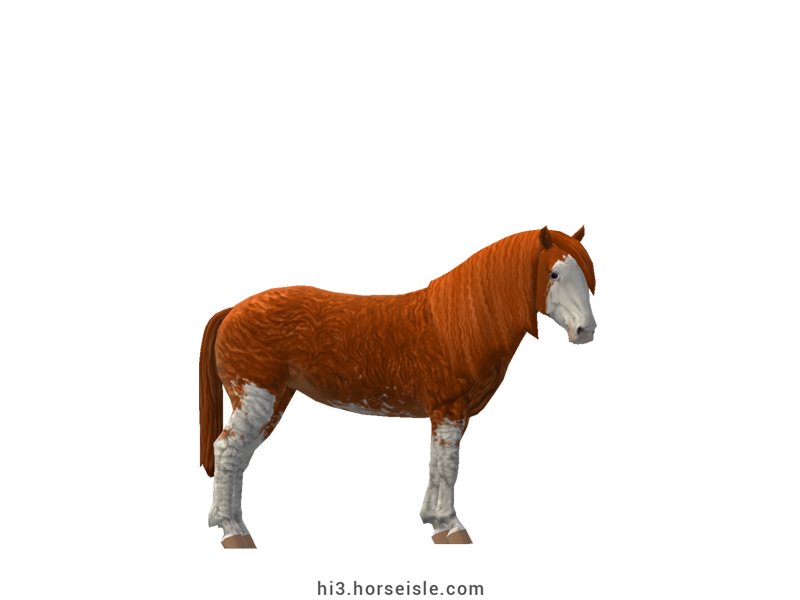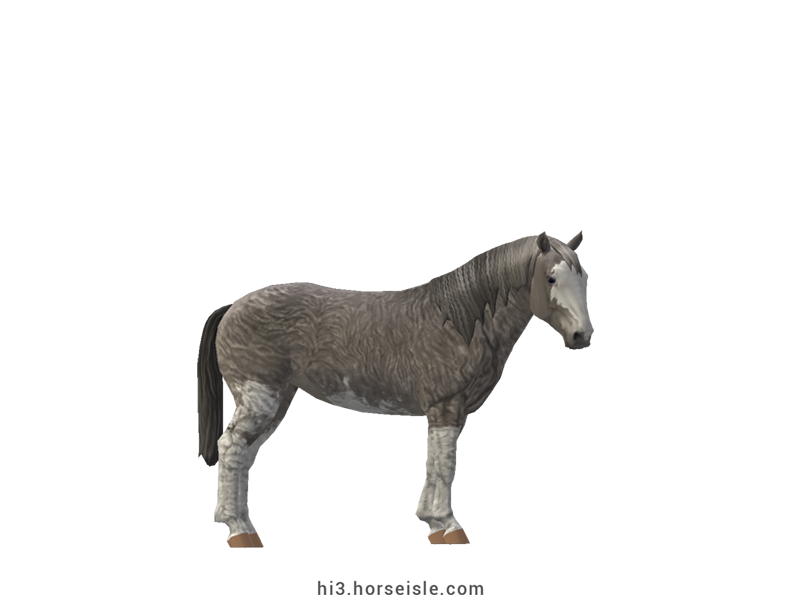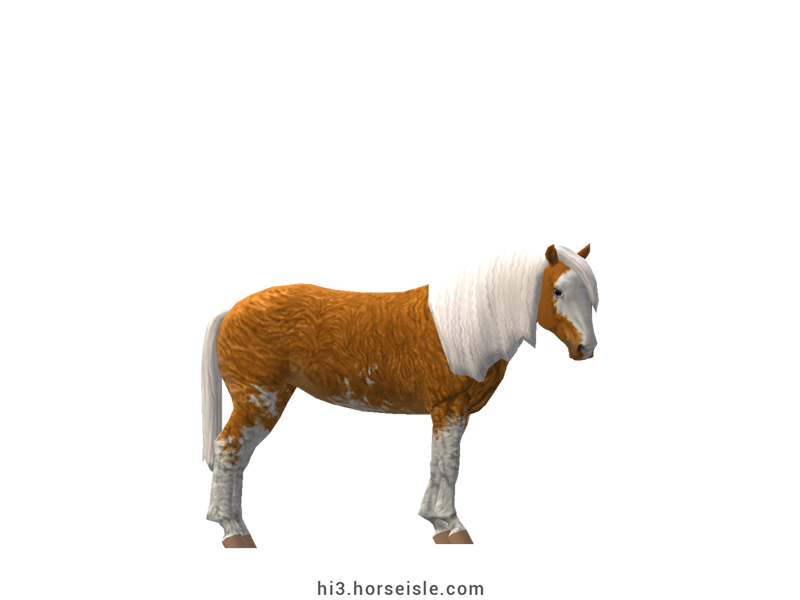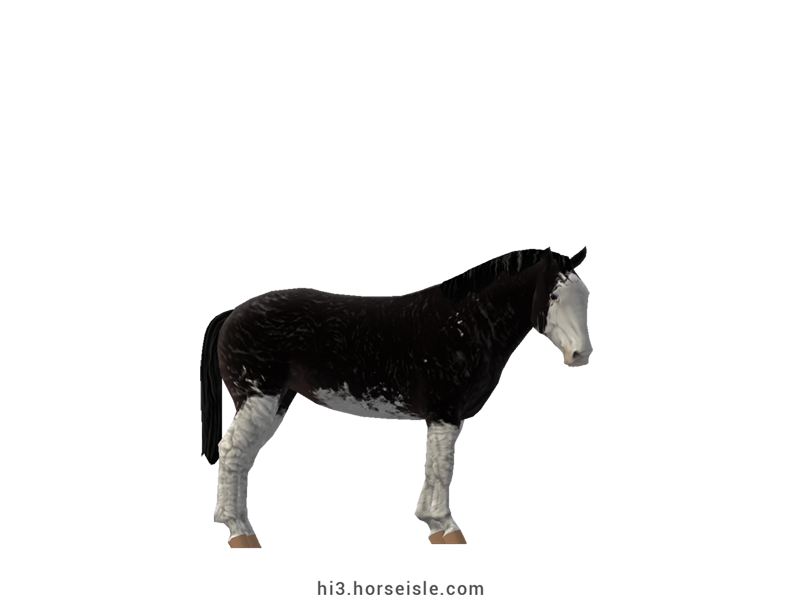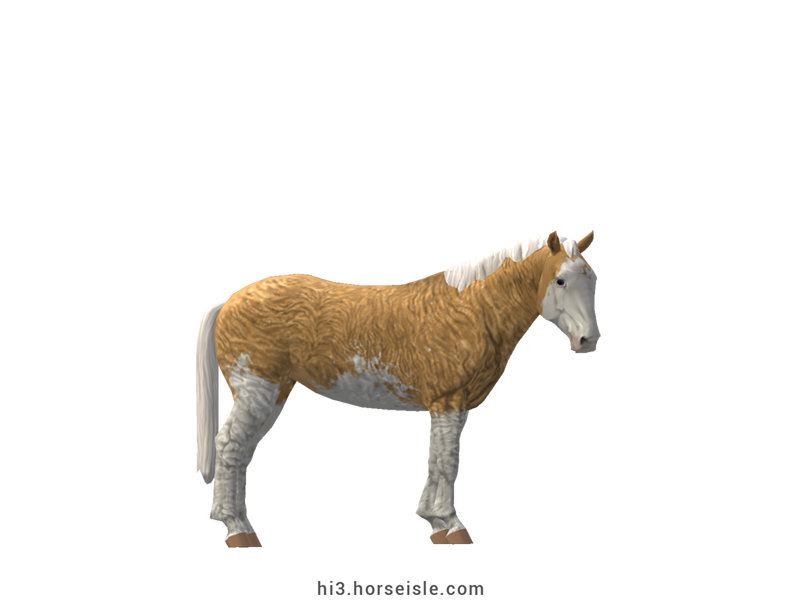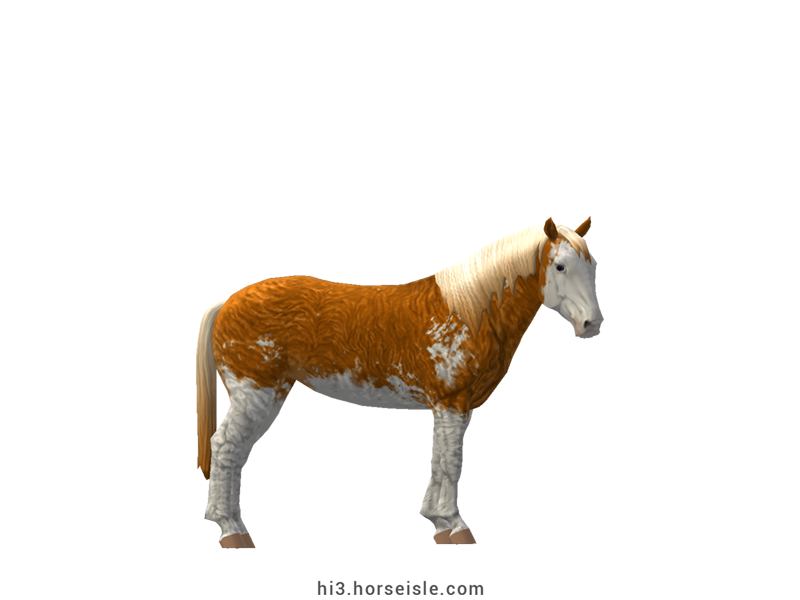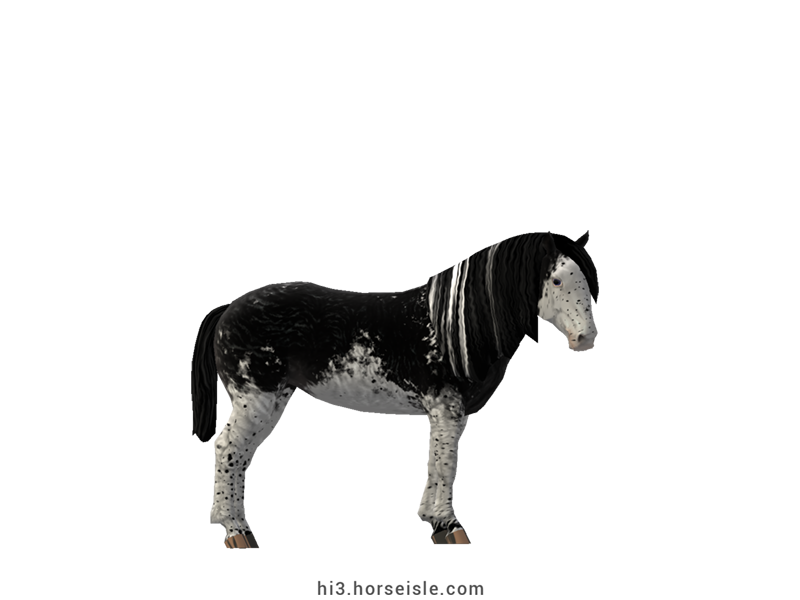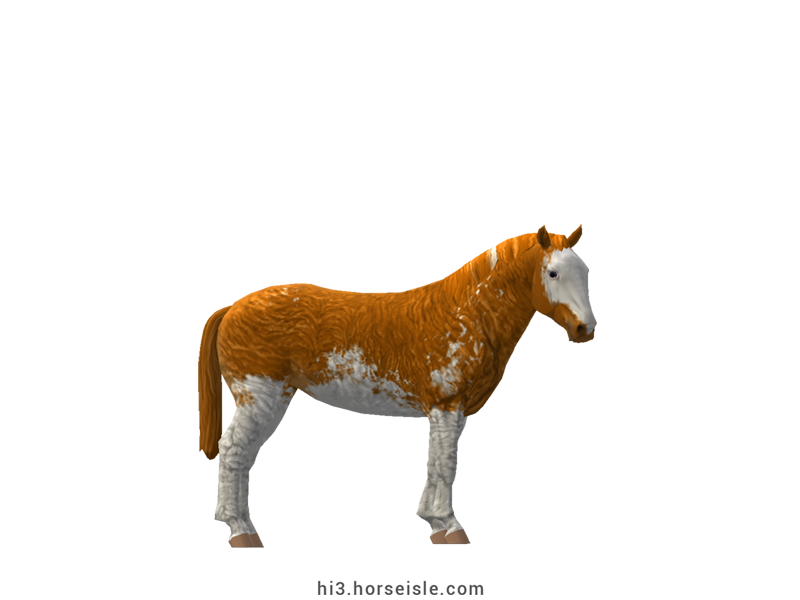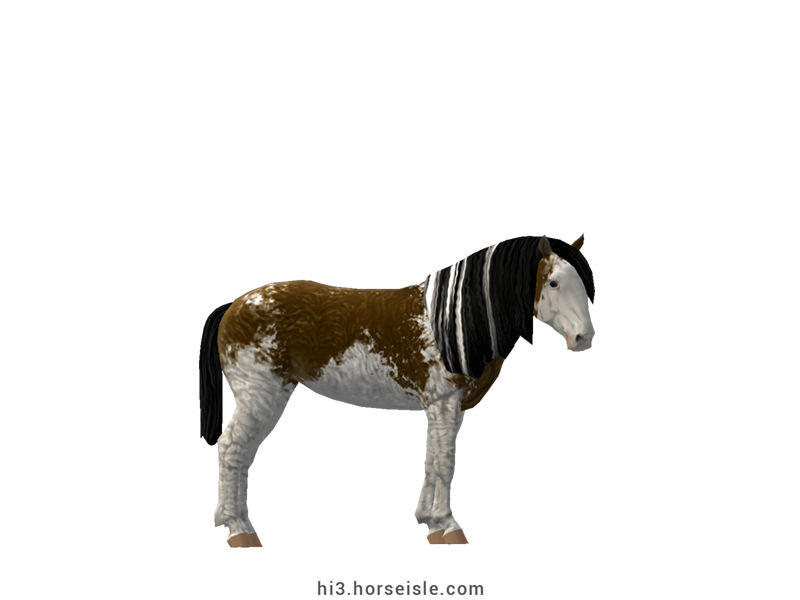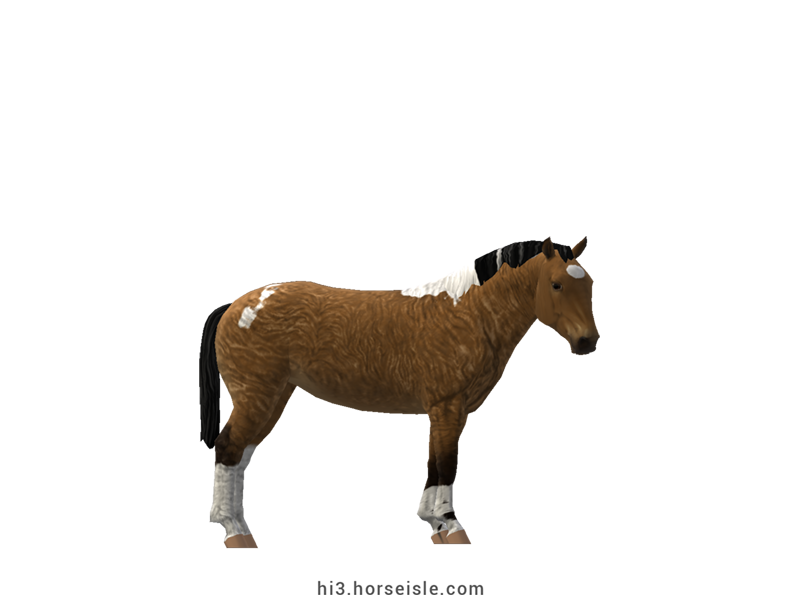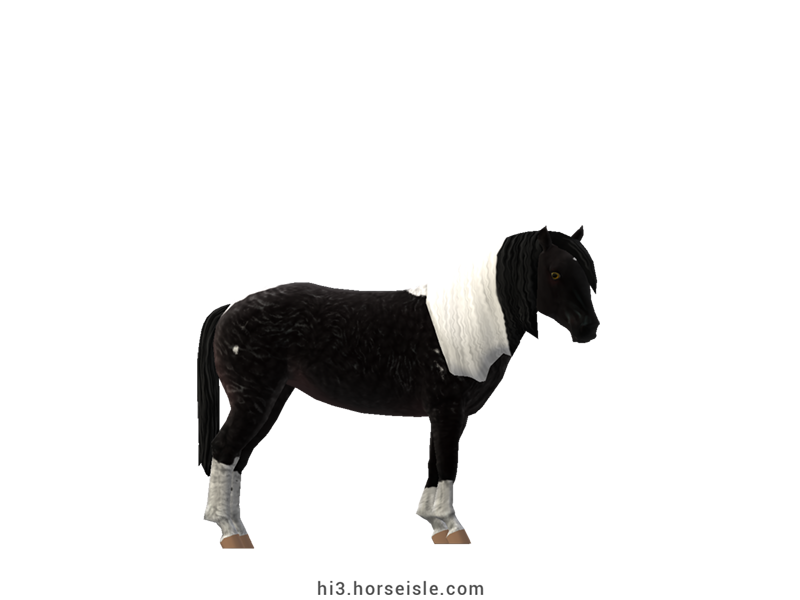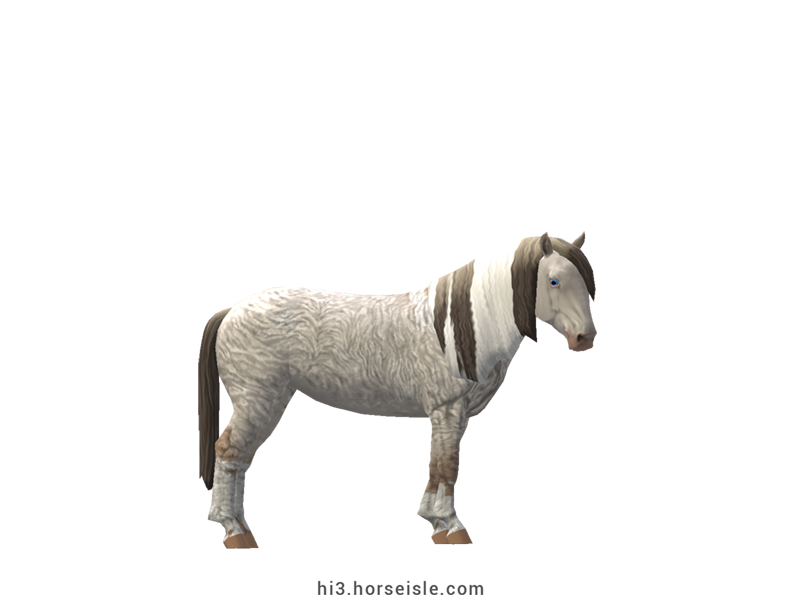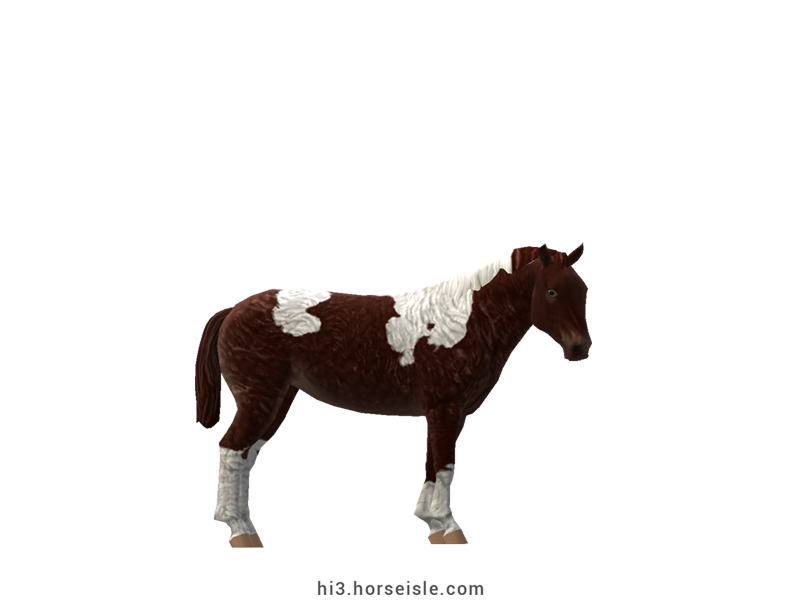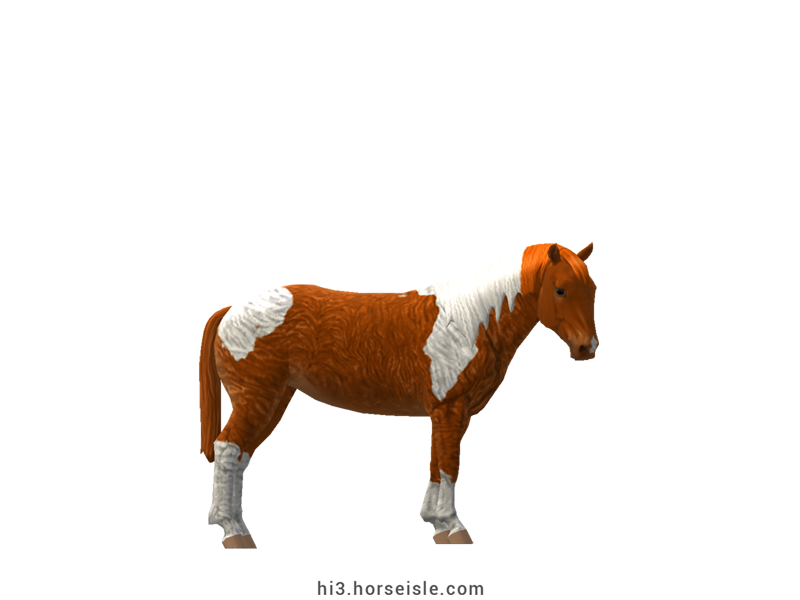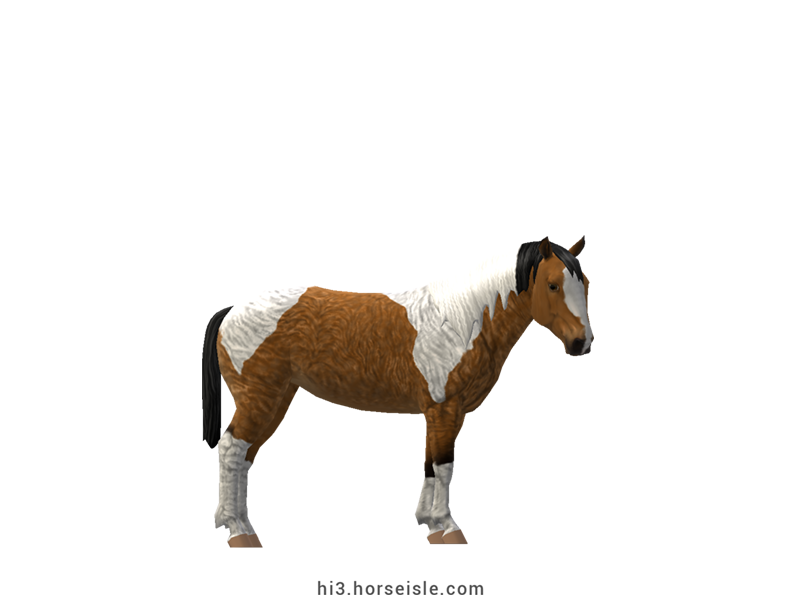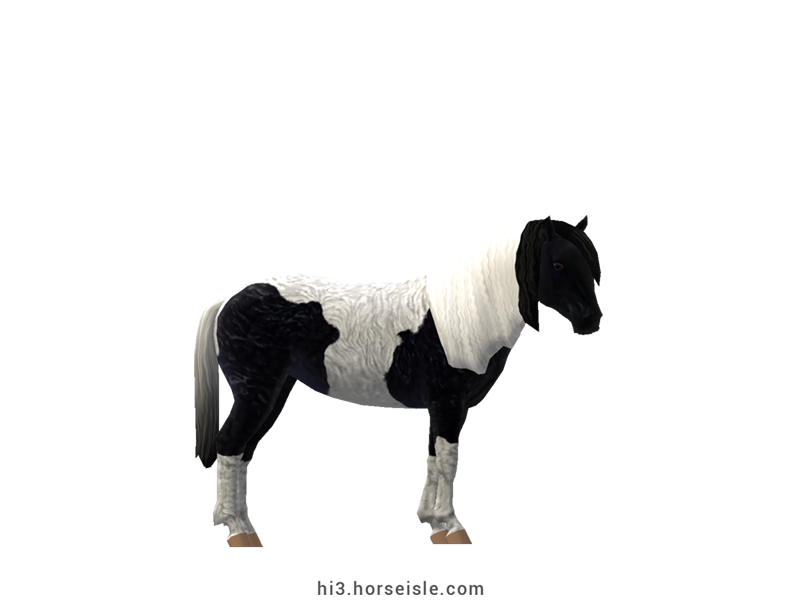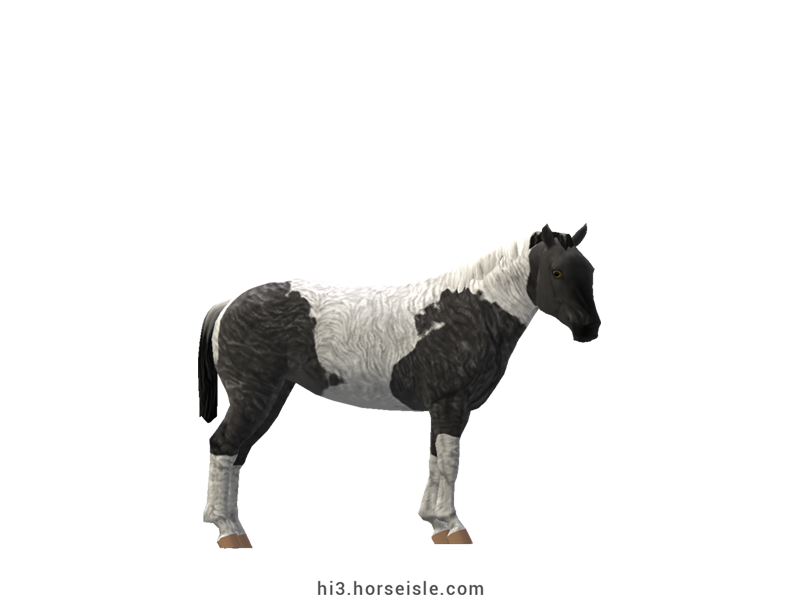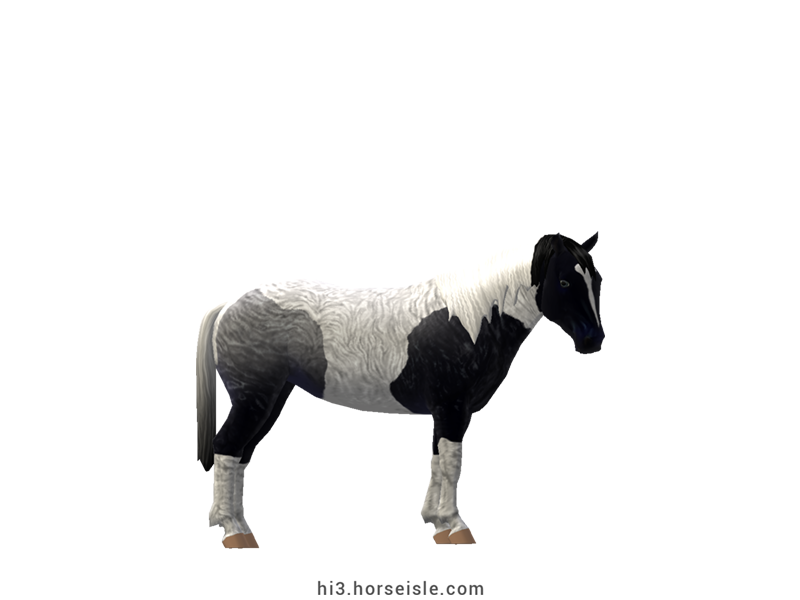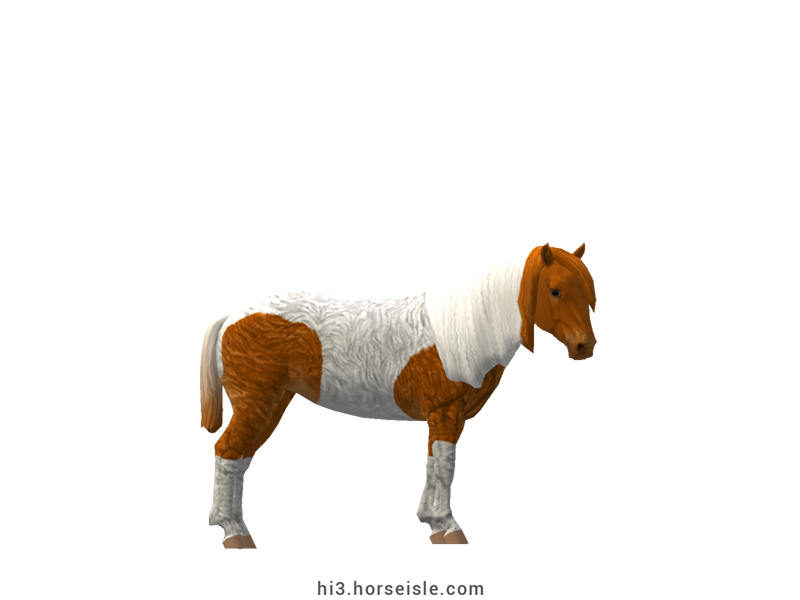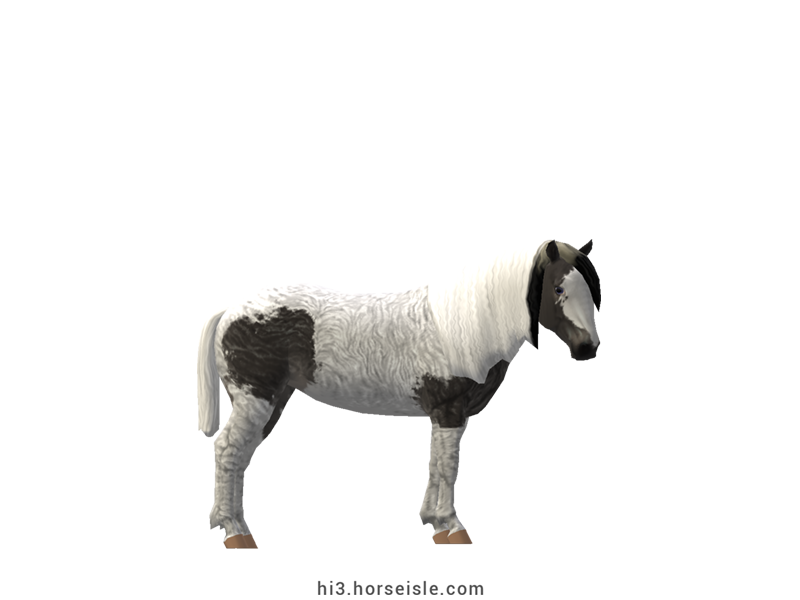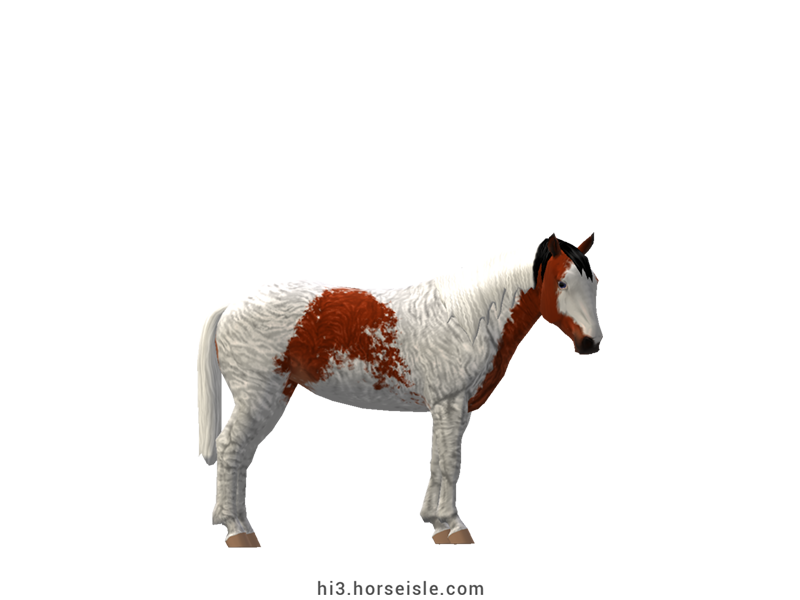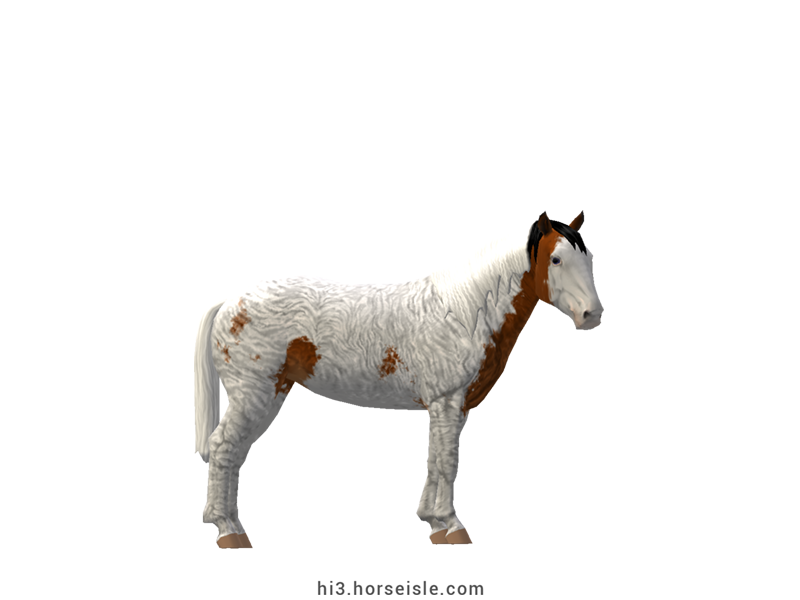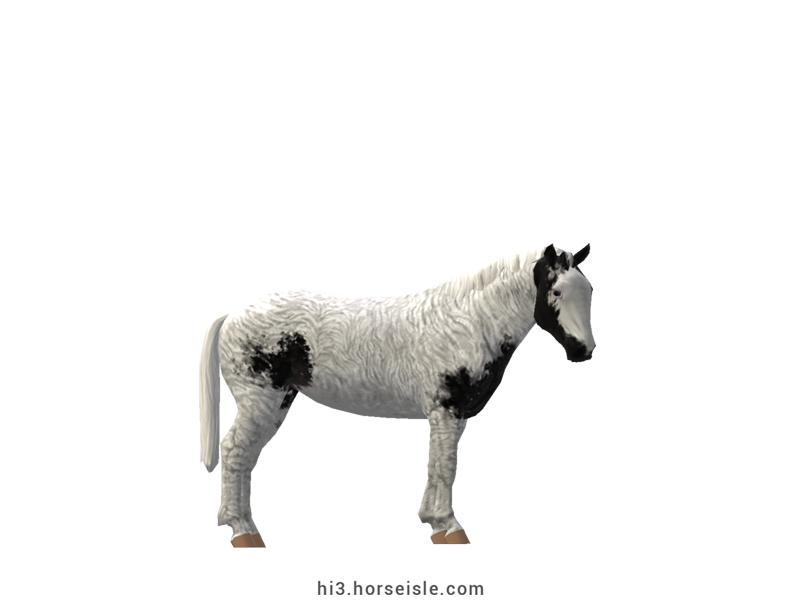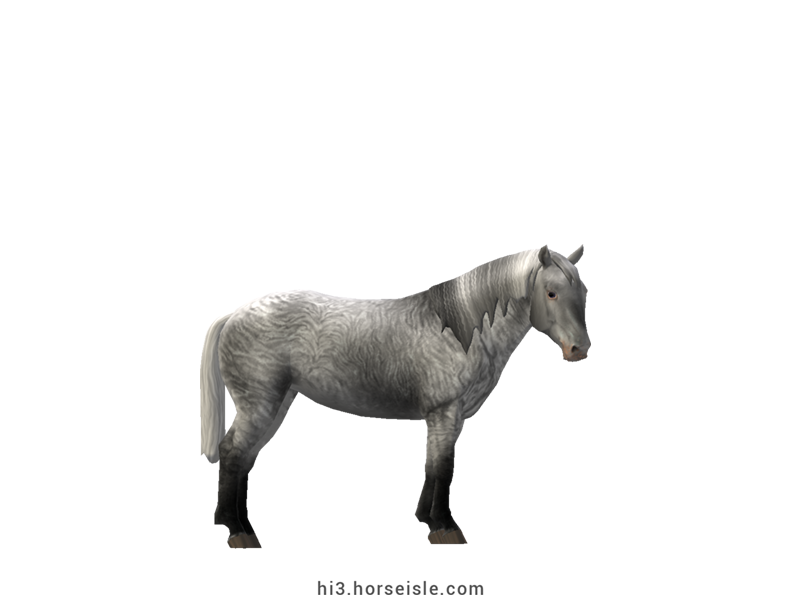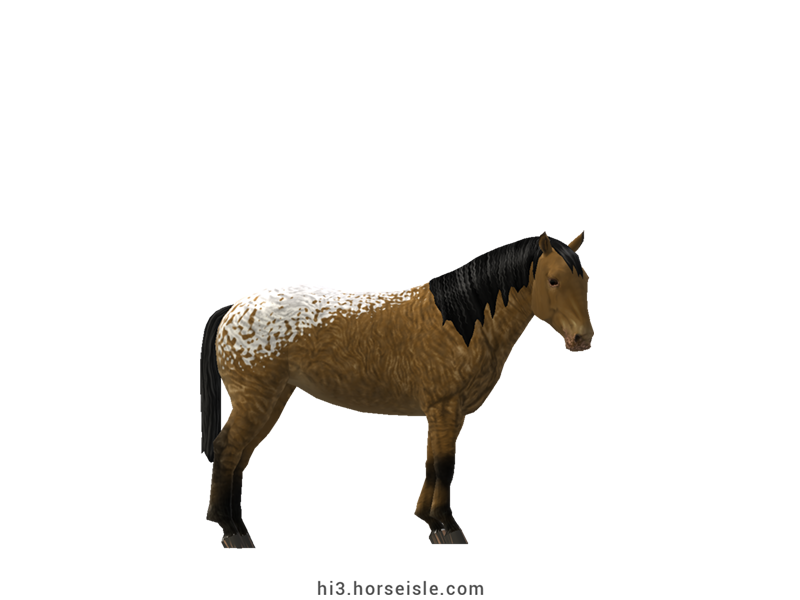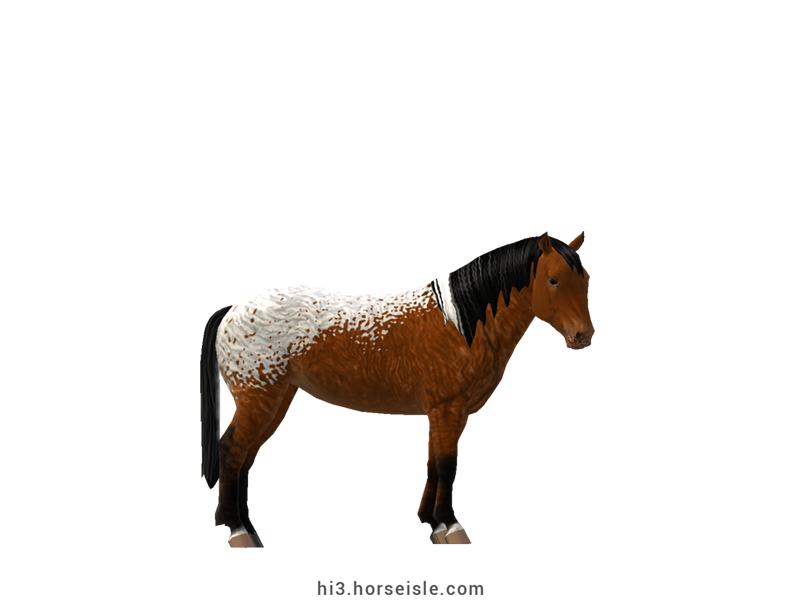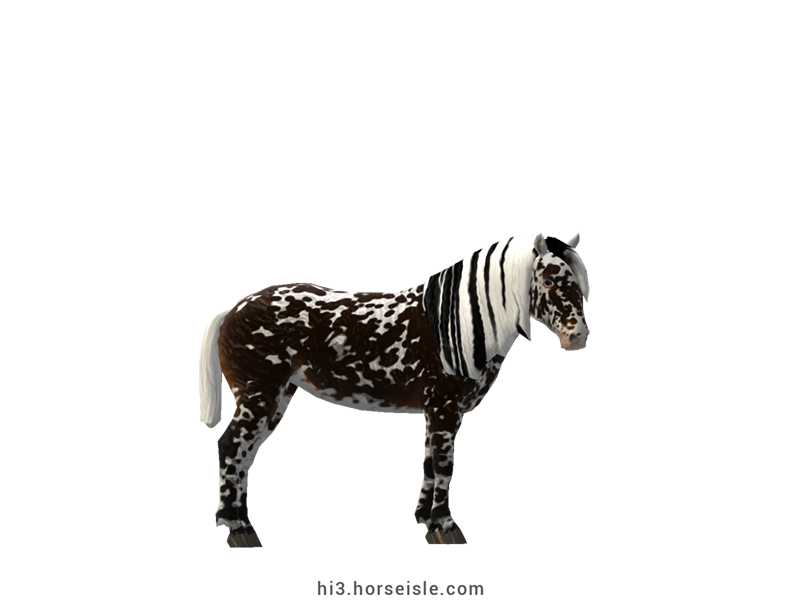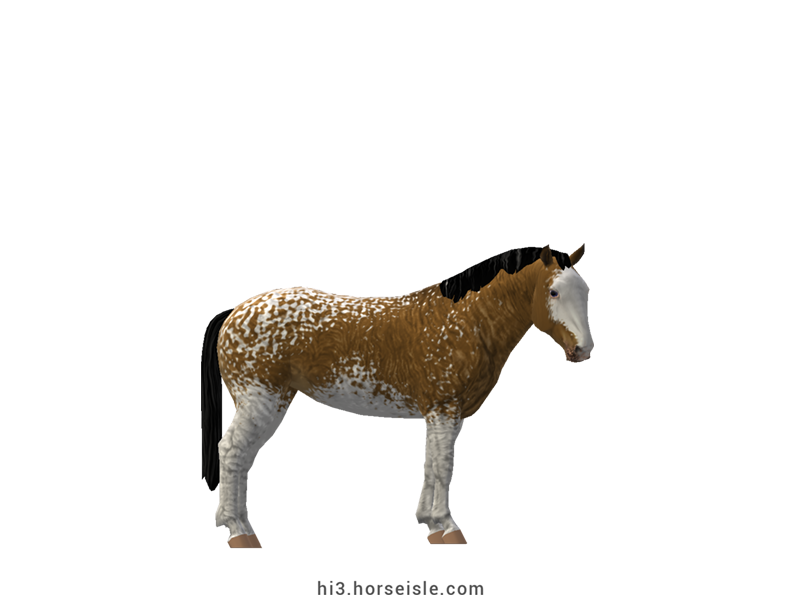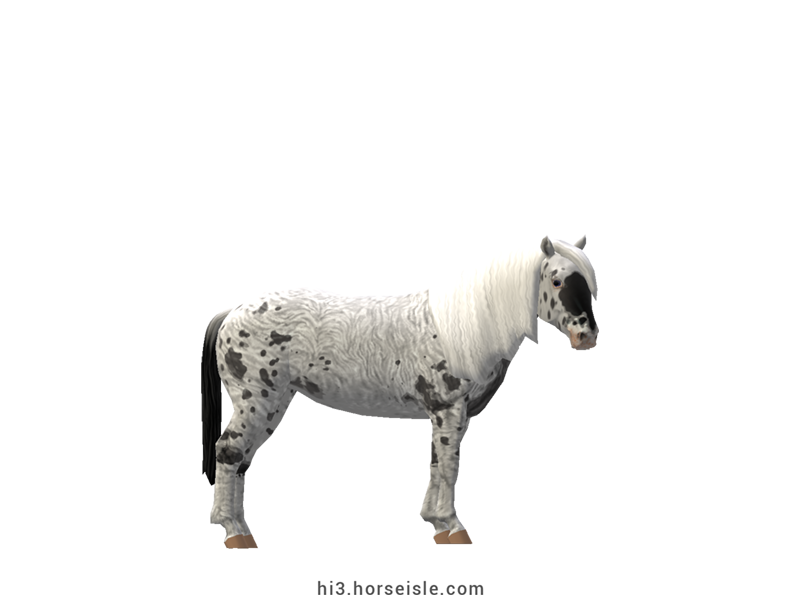Our Massive Real World Equine Reference!
[ INDEX ] Equine Type: Horse Breed: Bashkir [ PREV ] [ NEXT ]
Not the American Bashkir:
The Bashkir should not be confused with the North American Bashkir Curly. Although they share the 'Bashkir' and might look alike, these two curly breeds are completely unrelated; the first originated in Russia many centuries ago while the latter descended from Spanish Mustangs almost a millennia later.
The horse of the Bashkiri:
The birthplace of the Bashkir is the Ural Mountains and the steppes near the Volga, where summers are short and hot, and winters are long and freezing. In the 7th century, this place became the home for Bashkir tribes and their horses.
The Bashkiri raised their horses in taboon conditions, meaning that they let their horses roam outside and fend for themselves all year long. These horses developed into the Bashkir breed, and played a main role in the life of the Bashkiri.
A multi-purpose horse:
Bashkir mares became a prominent source of milk, a role which they still fulfill today, as mares milk is popular in Russia. The winder coat shed by the horses was also used for weaving fabrics.
Bashkir horses also served as mounts, and became known in Russia for their sturdiness, endurance, and speed. In the 18th and 19th centuries, Bashkir horses served as cavalry horses.
A curly coat for cold climate:
Outside of Russia, the Bashkir became famous for another reason: its curly coat which it often has, and which is a rare trait among horses. The curliness also applies to their manes, tails, eyelashes, hair inside their ears, and feathering.
The development of curly hairs is probably linked to the fact that Bashkir horses had to cope with the extreme Russian winter in order to survive, and the curly hairs provided the best insulation against the cold.
This hypothesis is supported by the fact that in the summer, Bashkir horses shed their curly coat, leaving their remaining hair looking straight (though a close examination will reveal that it is still slightly curly).
The Bashkir today:
Today, the Bashkir is one of the most common horse breeds in Russia, especially in Bashkiria, where it is appreciated for its endurance and hardiness. Bashkir horses are used for riding, pulling carts, and even as pack horses, and Bashkir mares are milked regularly.
Subtypes:
There are two subtypes of Bashkir horses: the Mountain Bashkir which is smaller and stockier, and the Steppe Bashkir which is taller and better suited for saddle and harness work. Both subtypes can be found in Horse Isle.
Conformation:
While Bashkir horses are regarded as saddle horses, their conformation can resemble that of a light draft: their heads are wide and deep, their necks are thick and short, and their legs are short as well. Their backs, however, are long, and create a rectangular frame.
The mane can be anywhere from short to long, but the tail is only short or medium in length. The legs have light feathering.
Performance metrics:
The following are the: range, average, (SD), and MOE of performance metrics of ordered Bashkirs in Horse Isle (not bred ones). In rare cases,
Speed: 14.7-16.1, 15.3 (0.3), 0.06.
Sprint: 45-57, 52 (2), 0.45.
Accel: 0.88-1.04, 0.96 (0.04), 0.01.
Decel: 0.81-0.98, 0.91 (0.03), 0.01.
Jump: 4.81-5.04, 4.94 (0.05), 0.01.
Pull: 1.67-2.39, 2.01 (0.13), 0.03.
Turning: 46.88-58.85, 53.28 (2.85), 0.56.
Reverse: 2.3-2.9, 2.6 (0.1), 0.03.
Stamina: 49.73-53.69, 51.74 (0.87), 0.17.
Reaction: 0.76-0.84, 0.80 (0.02), 0.00.
Coats & Height:
Colors: bay, brown, black, chestnut, cream-dilutions, grey, and dun.
Additionals: flaxen, linebacked, mealy, rabicano, roan, sooty, all rare patterns. The coat is usually solid, but can also come in tobiano, white-spotted sabino, 'appaloosa', or even all of them at once.
Height: 13.1hh to 14.1hh.
[ INDEX ] [ PREV ] [ NEXT ]


